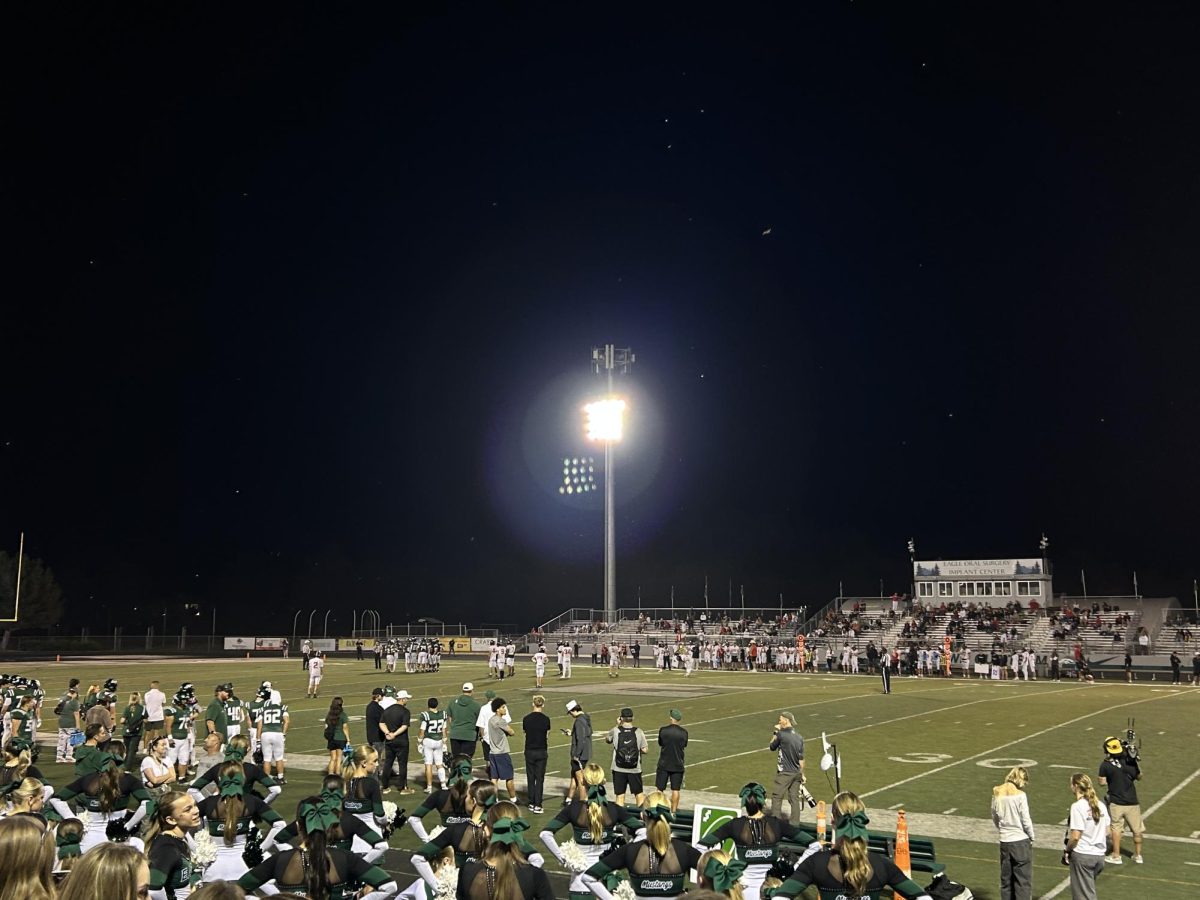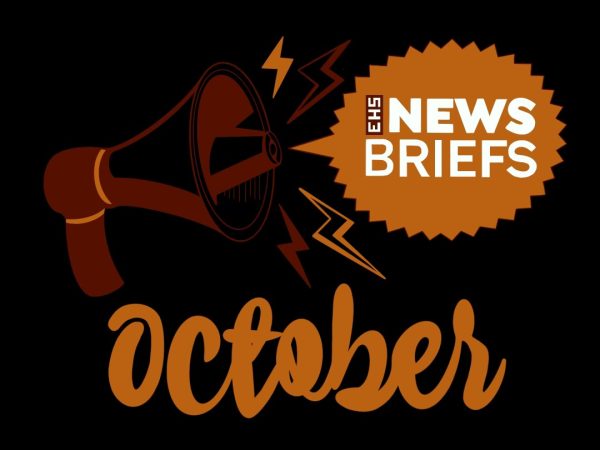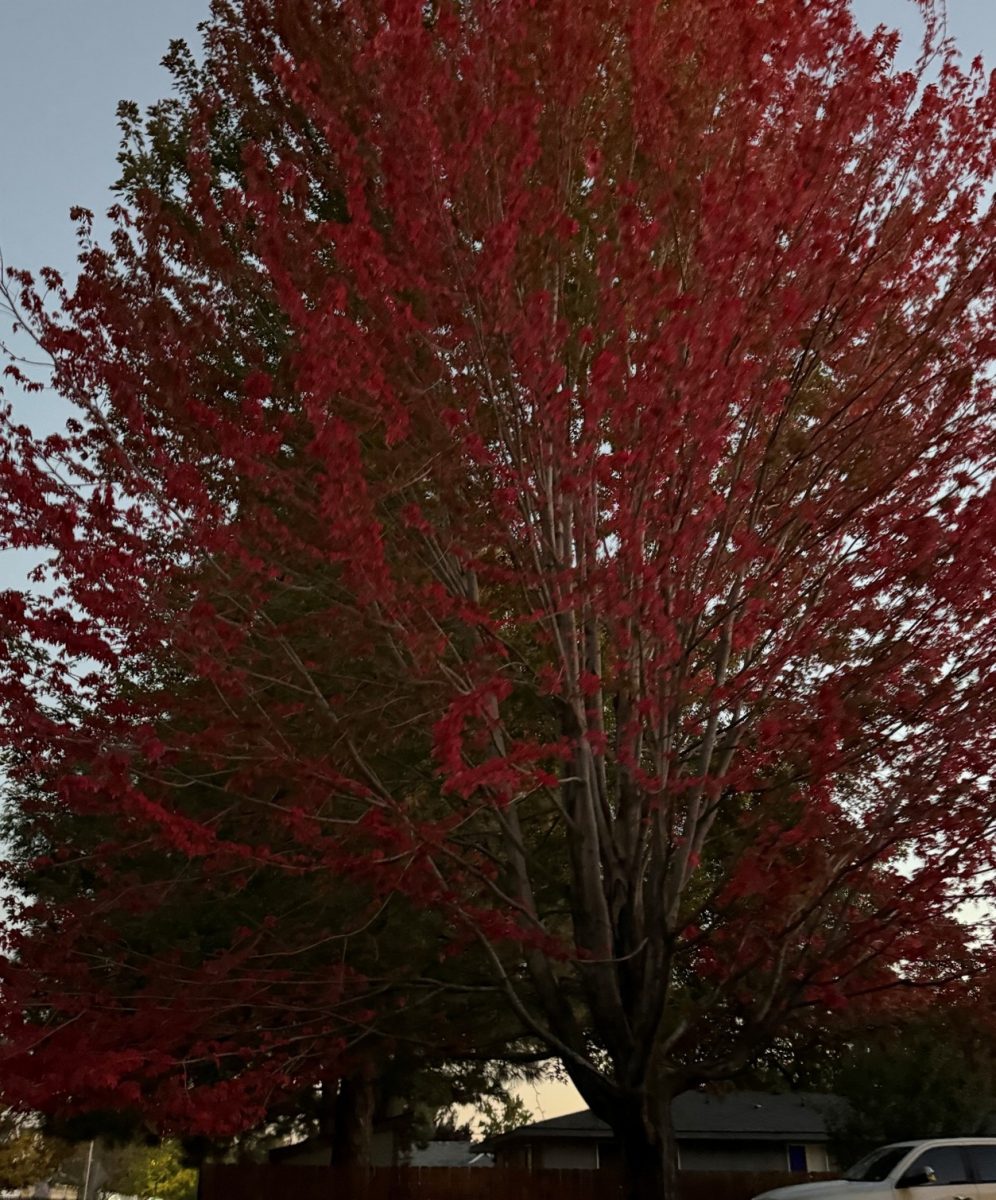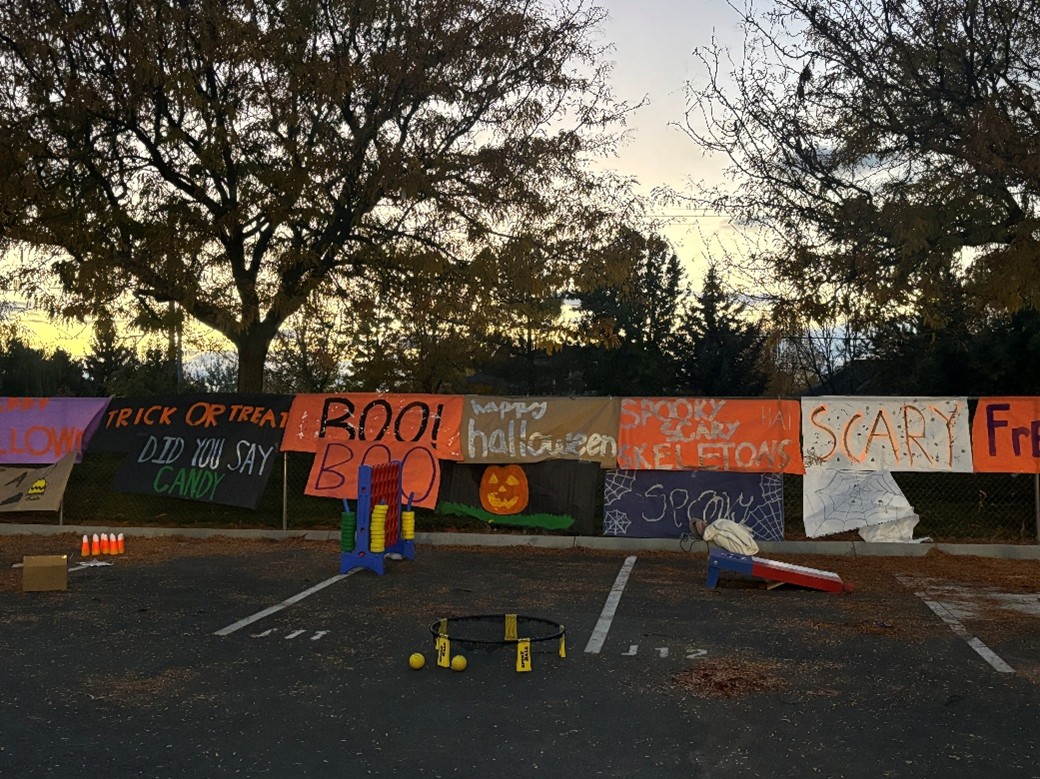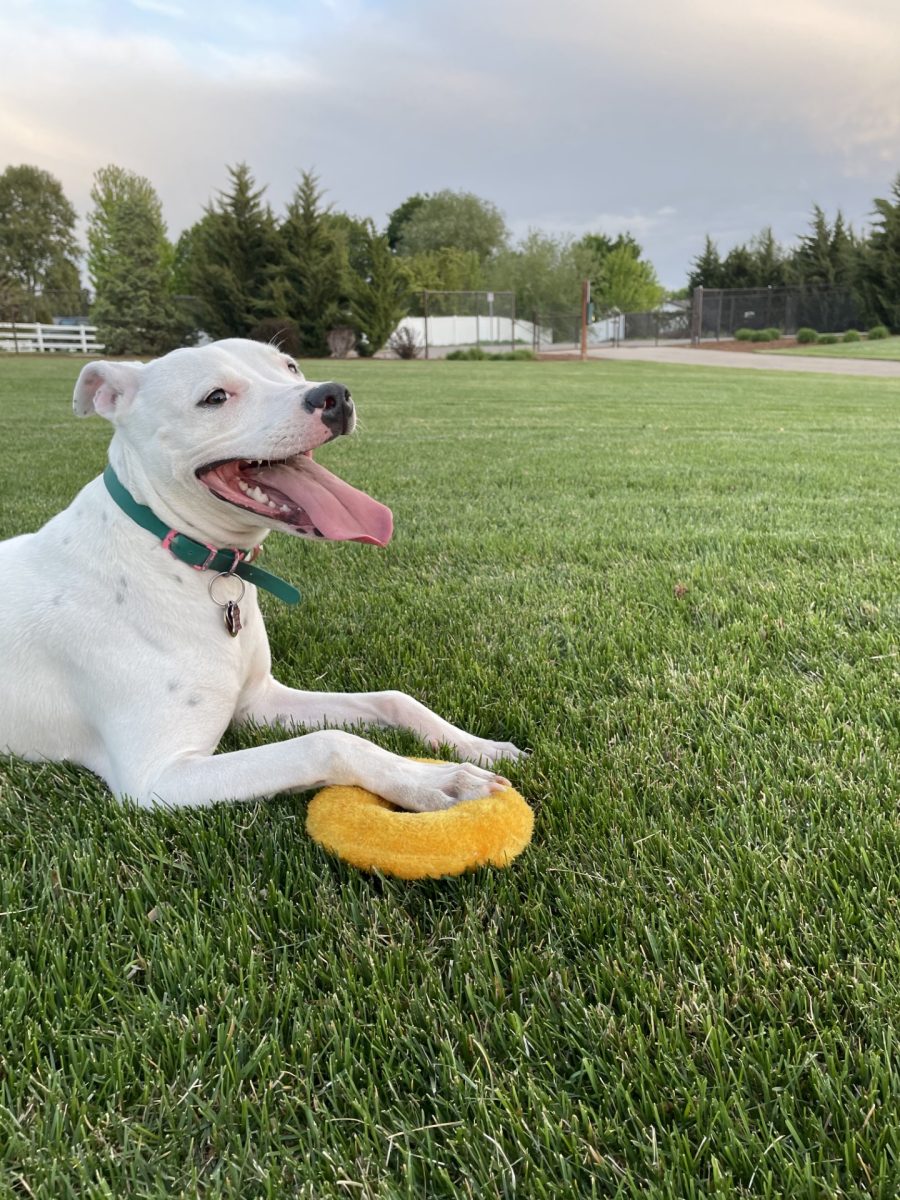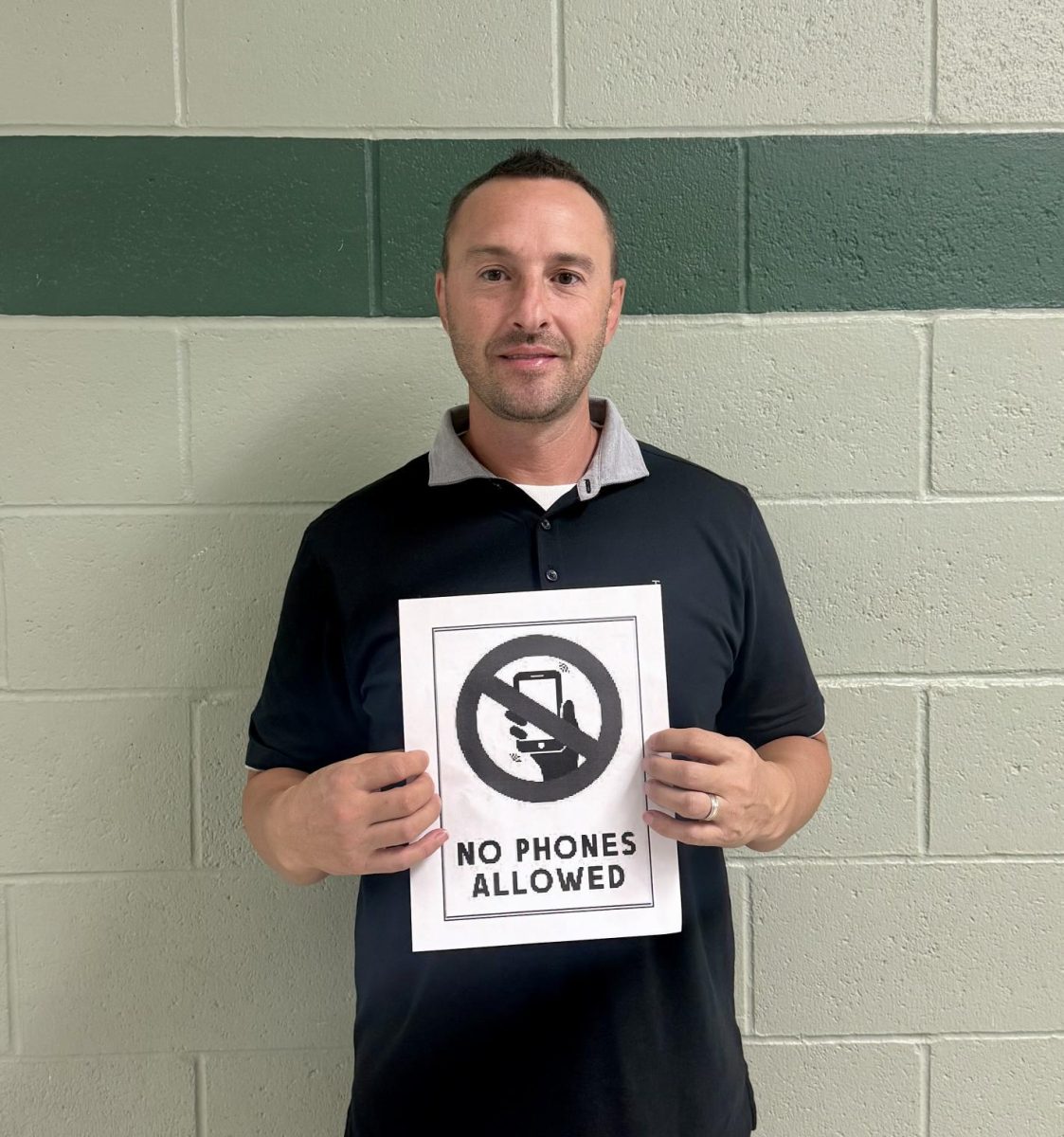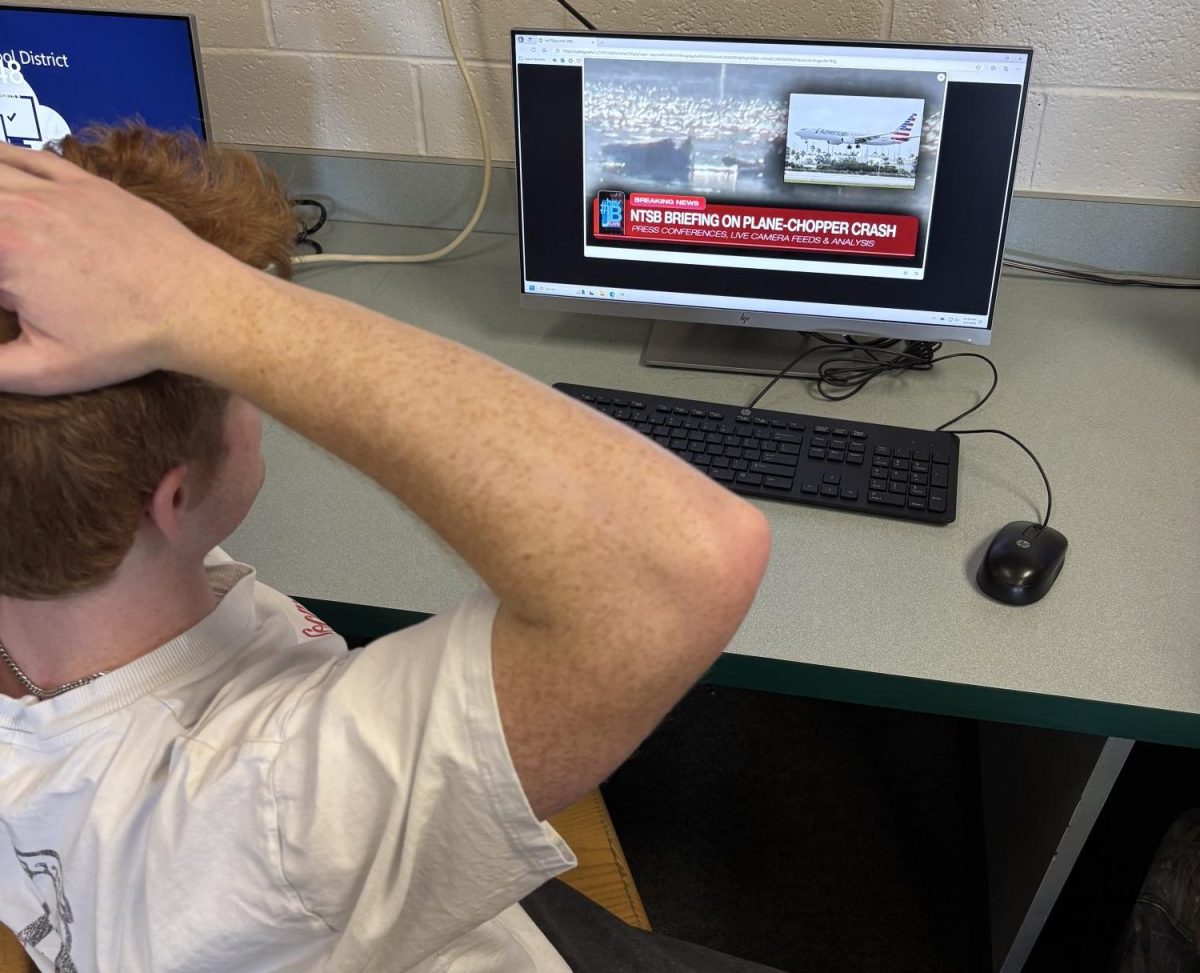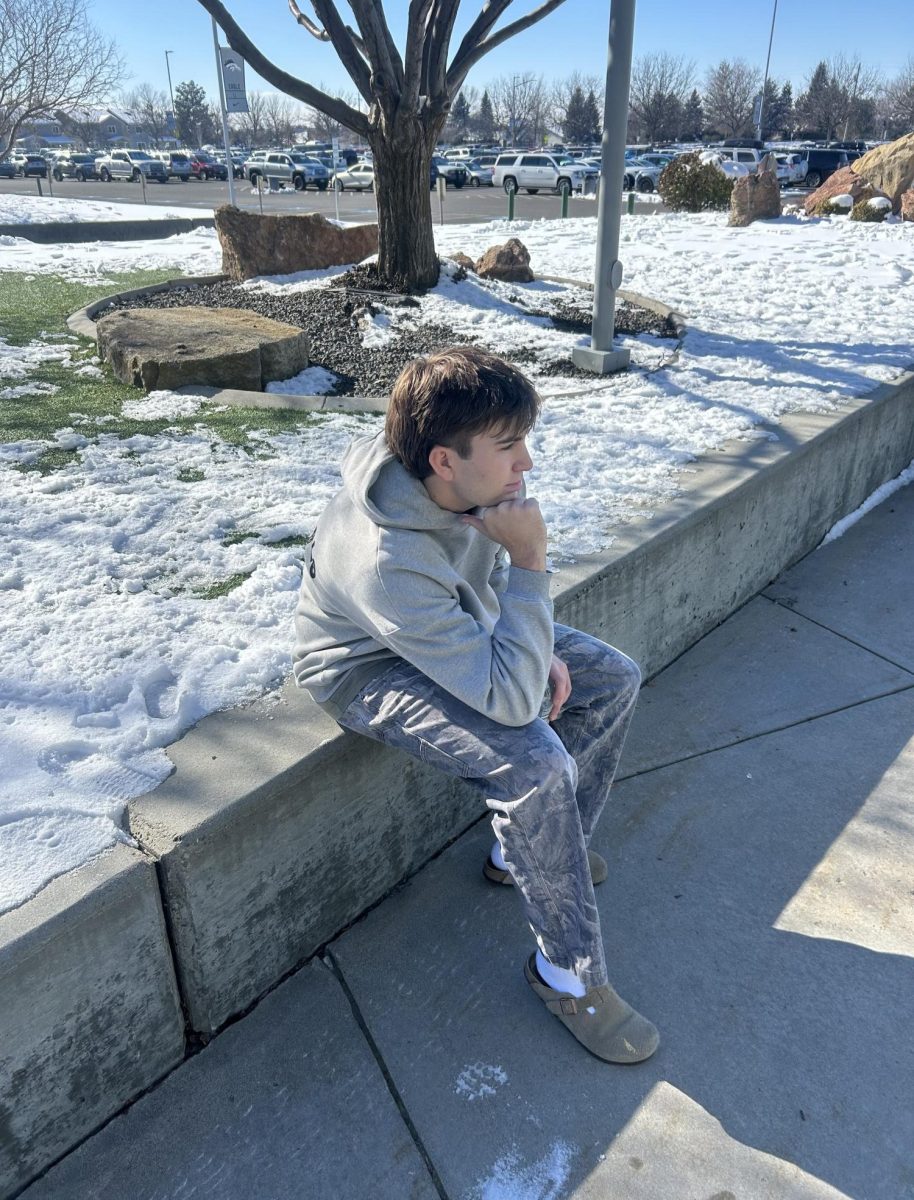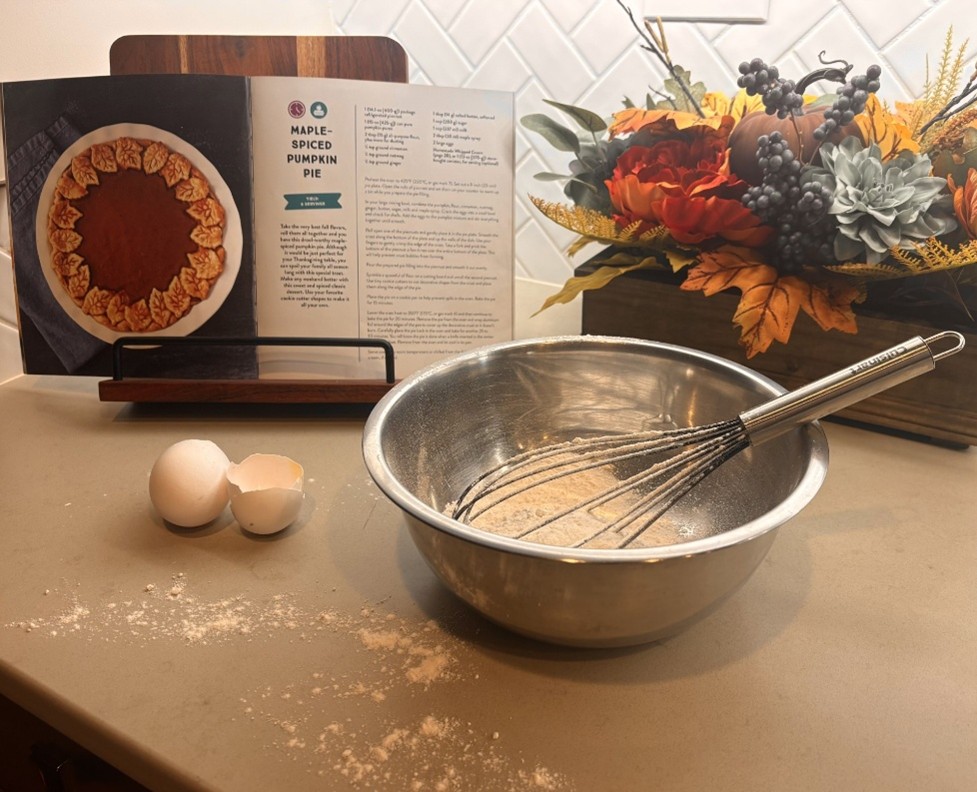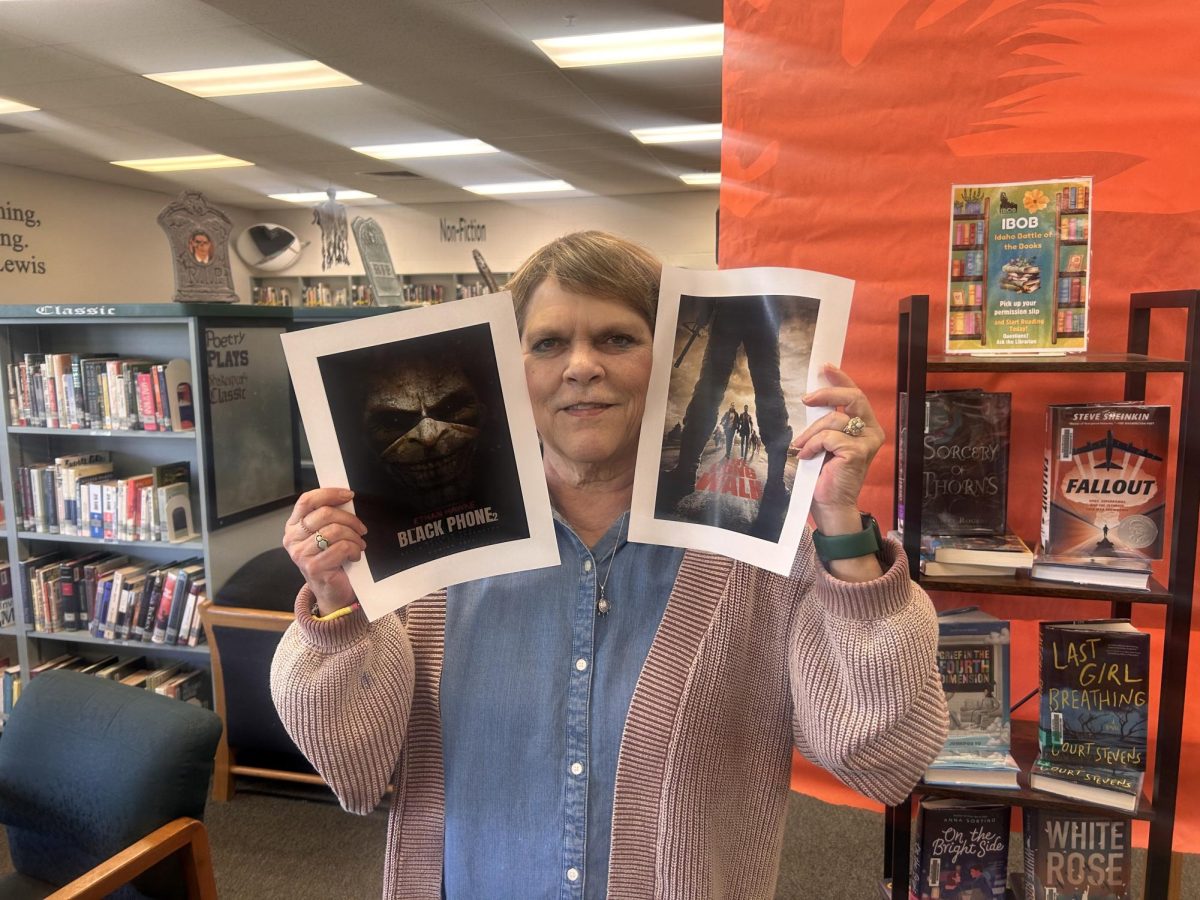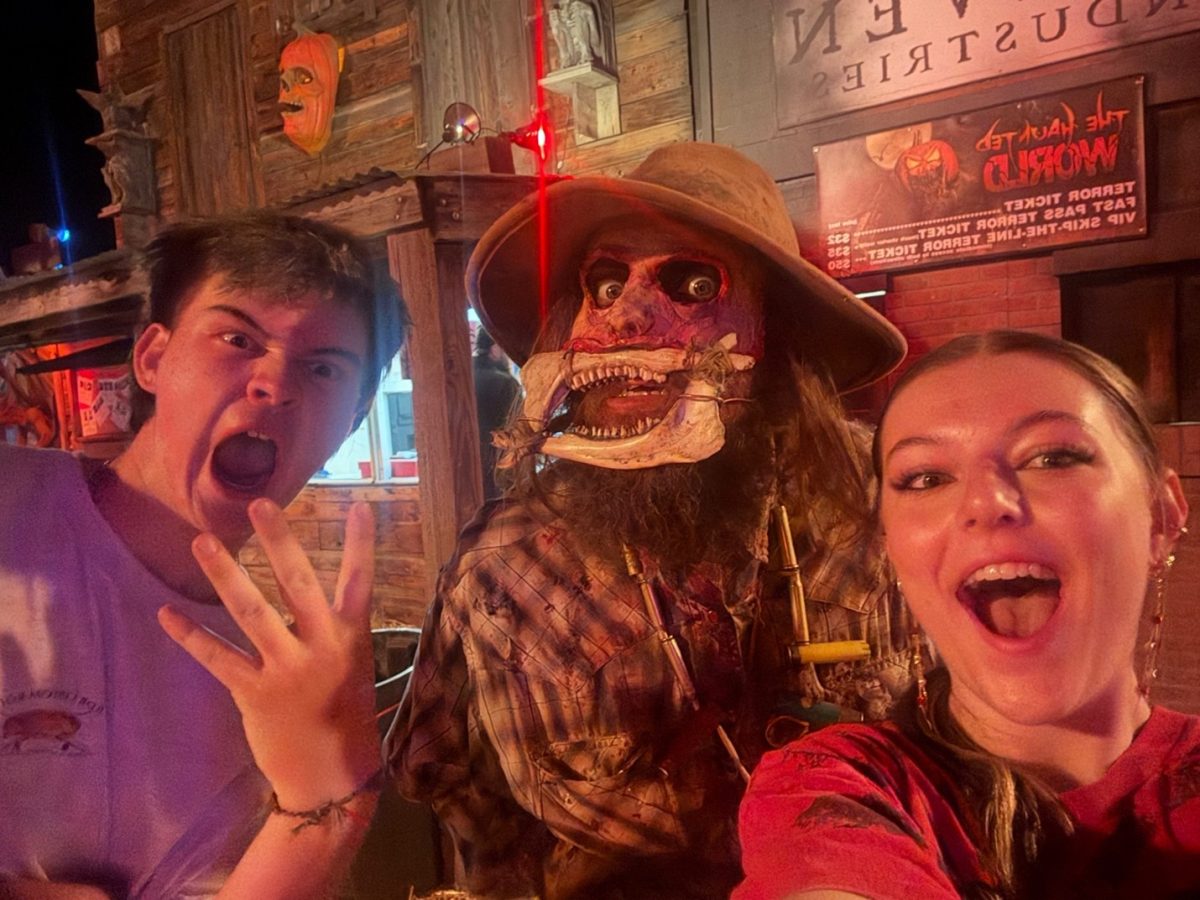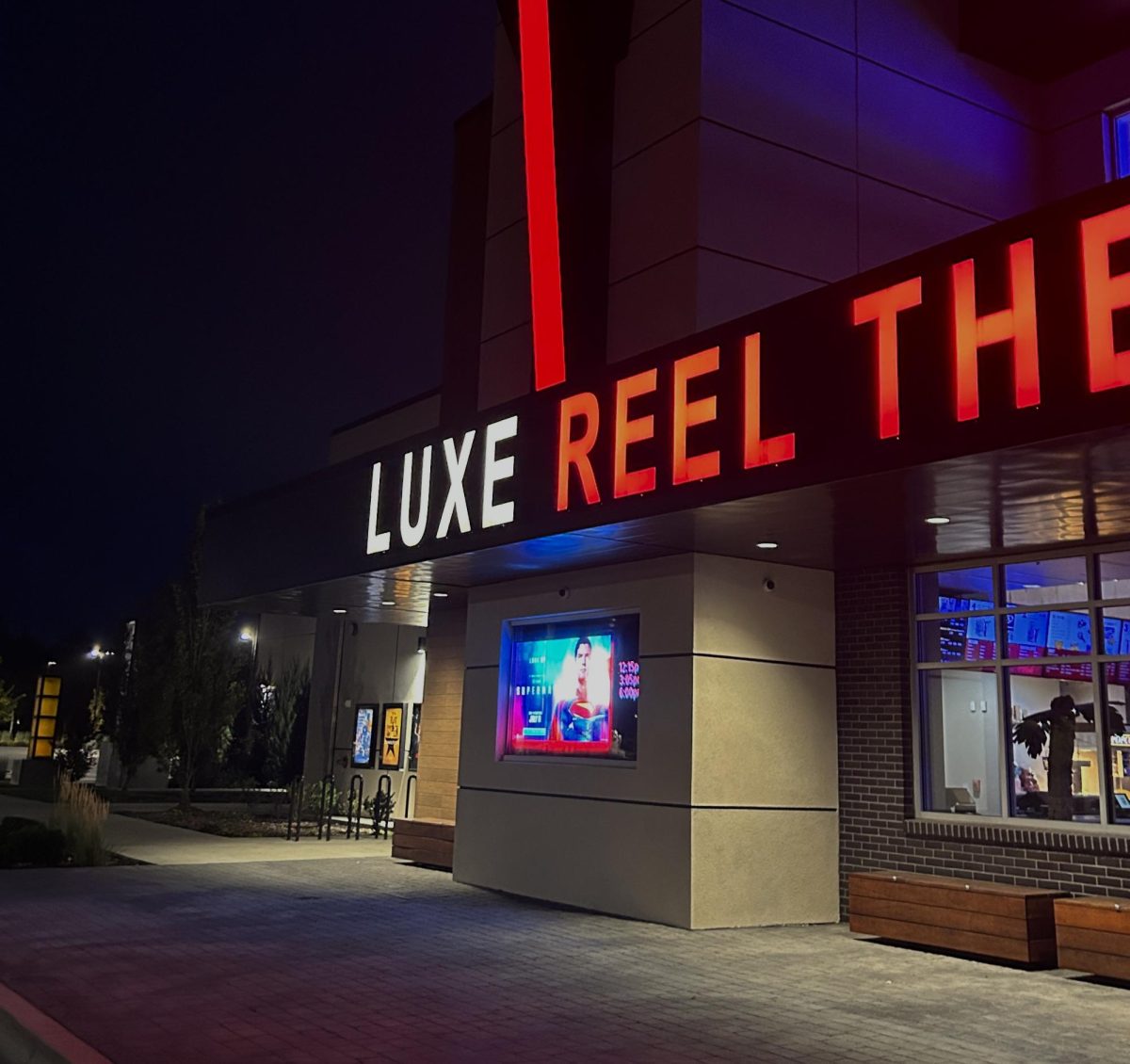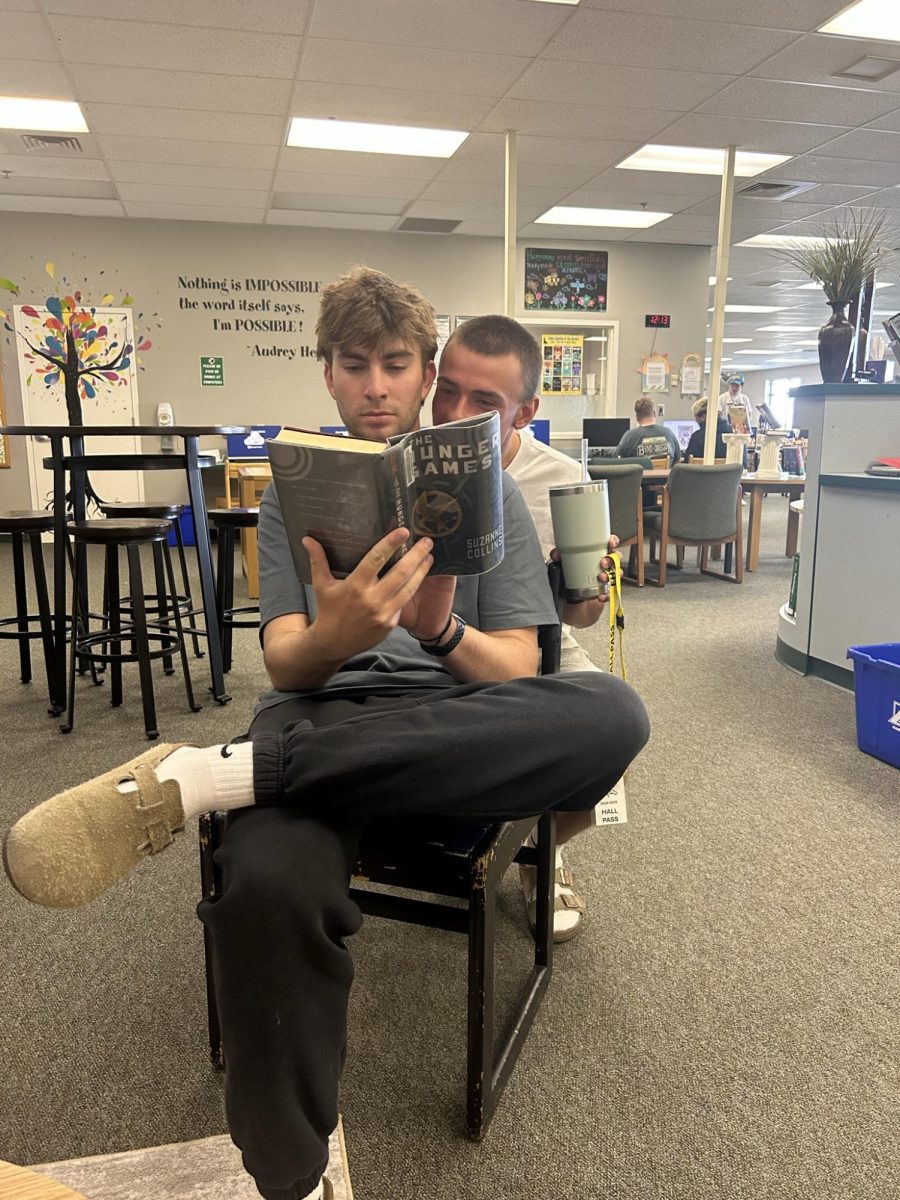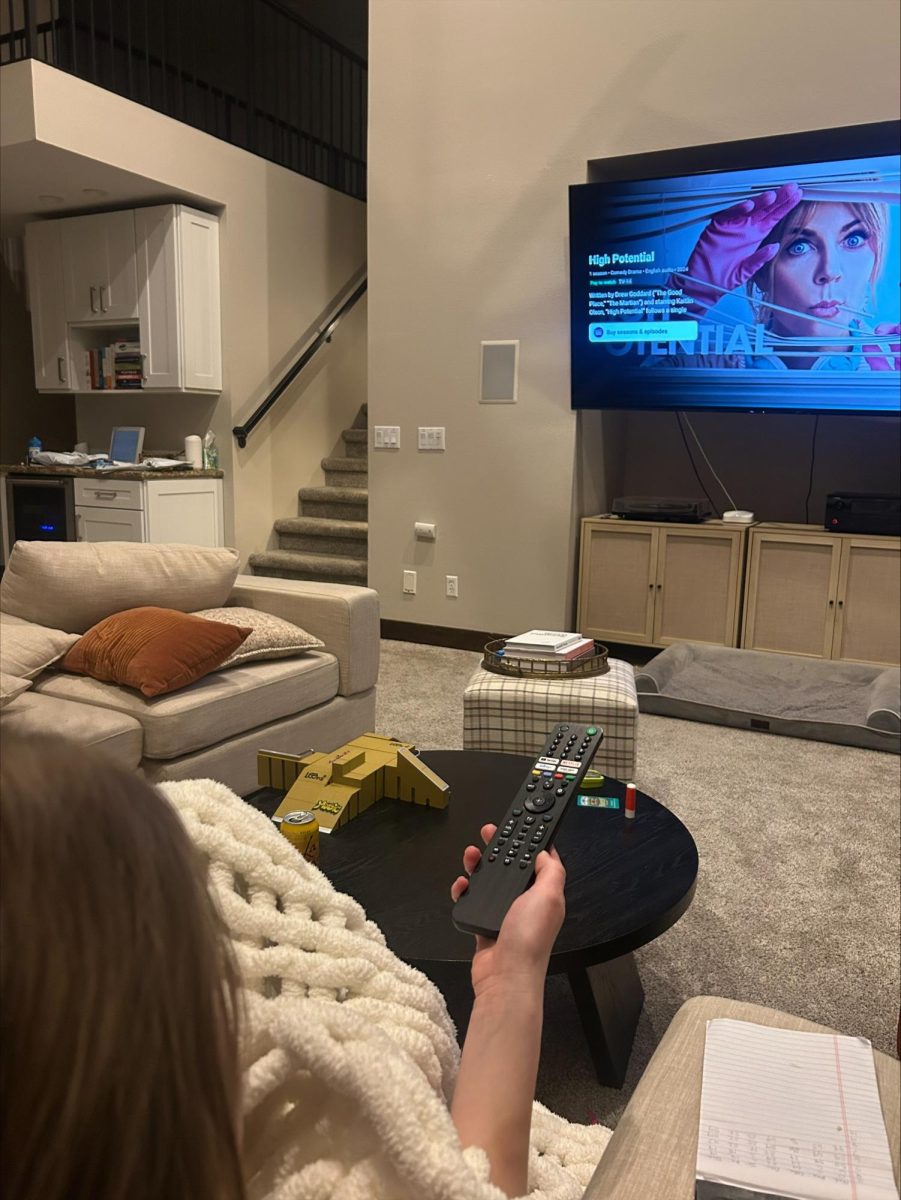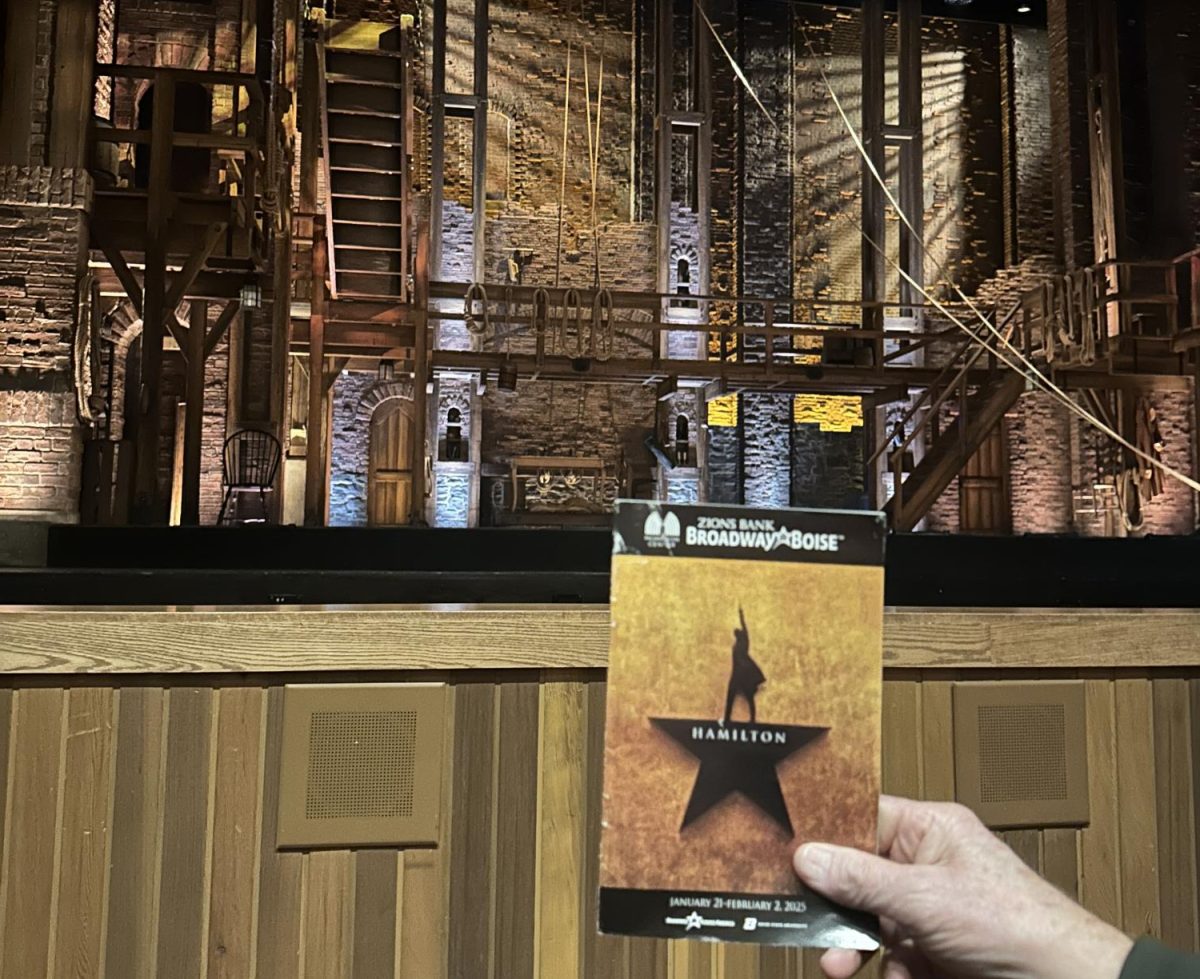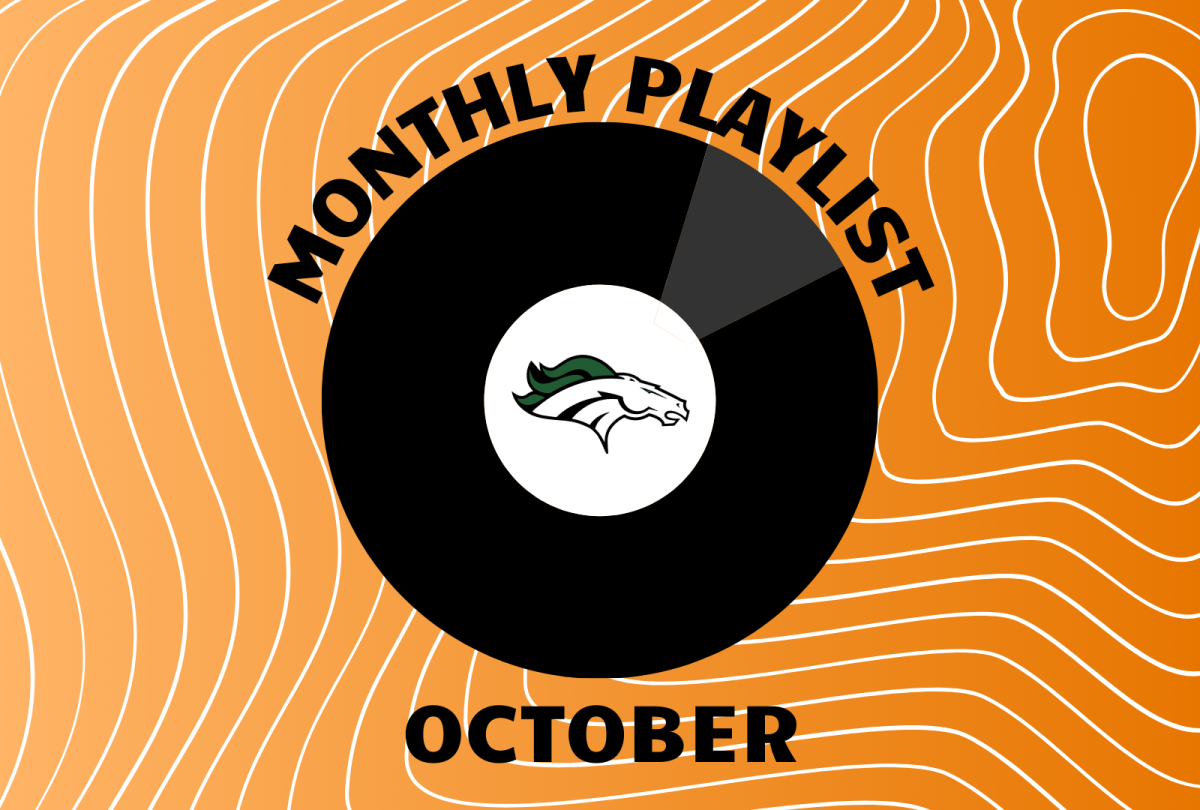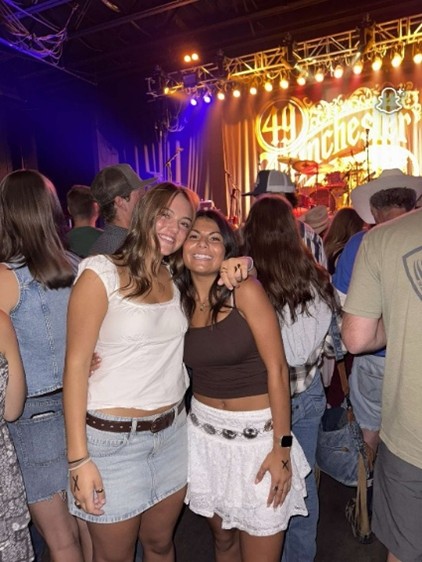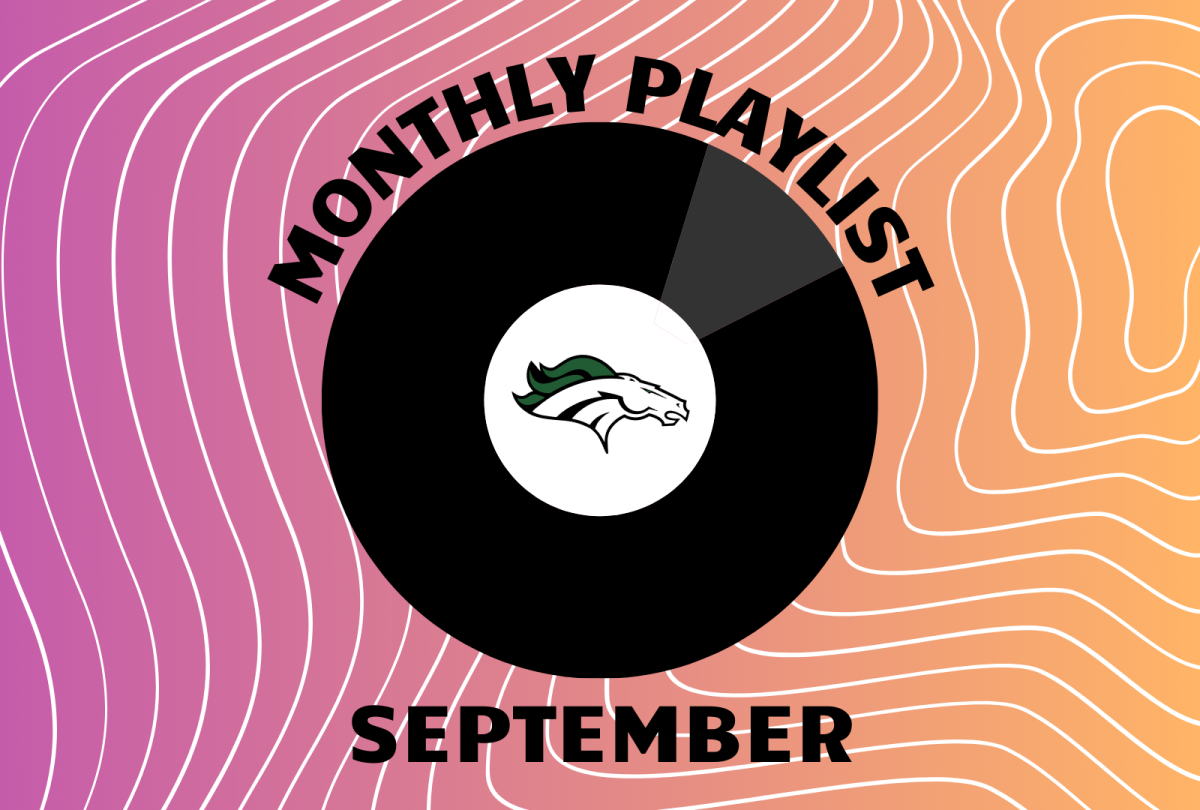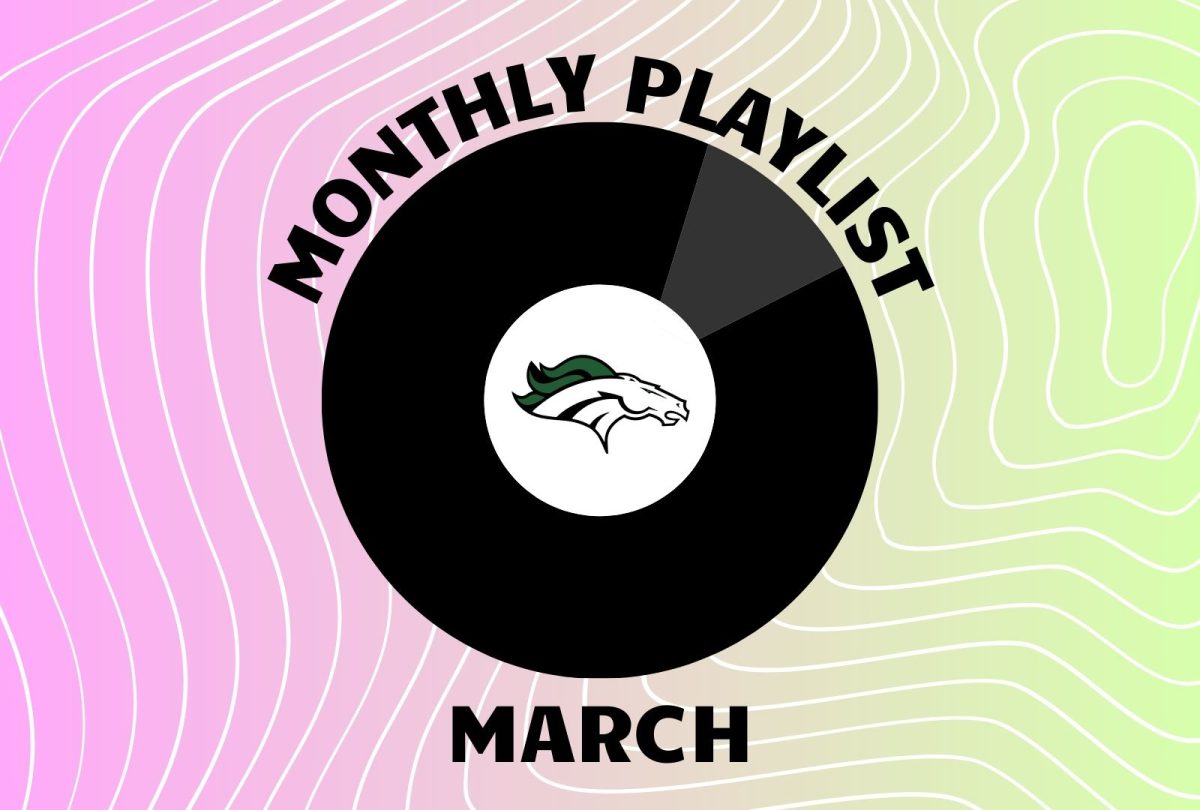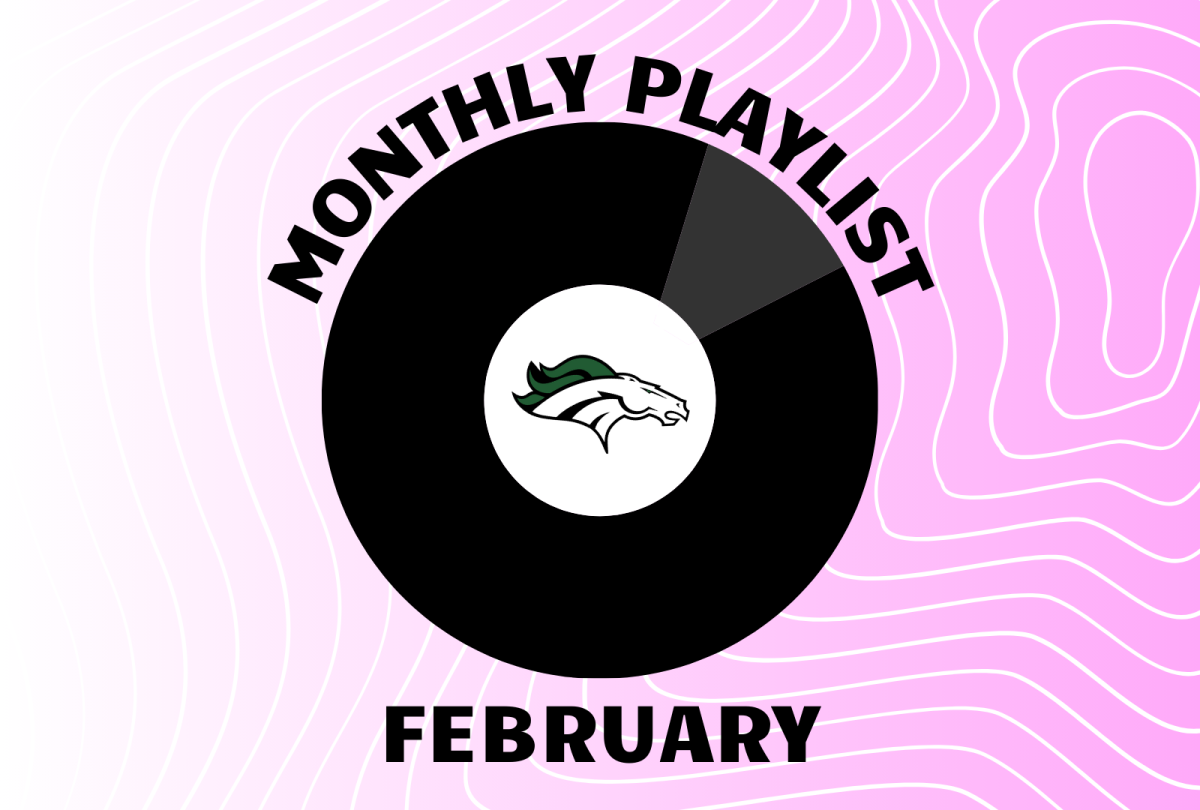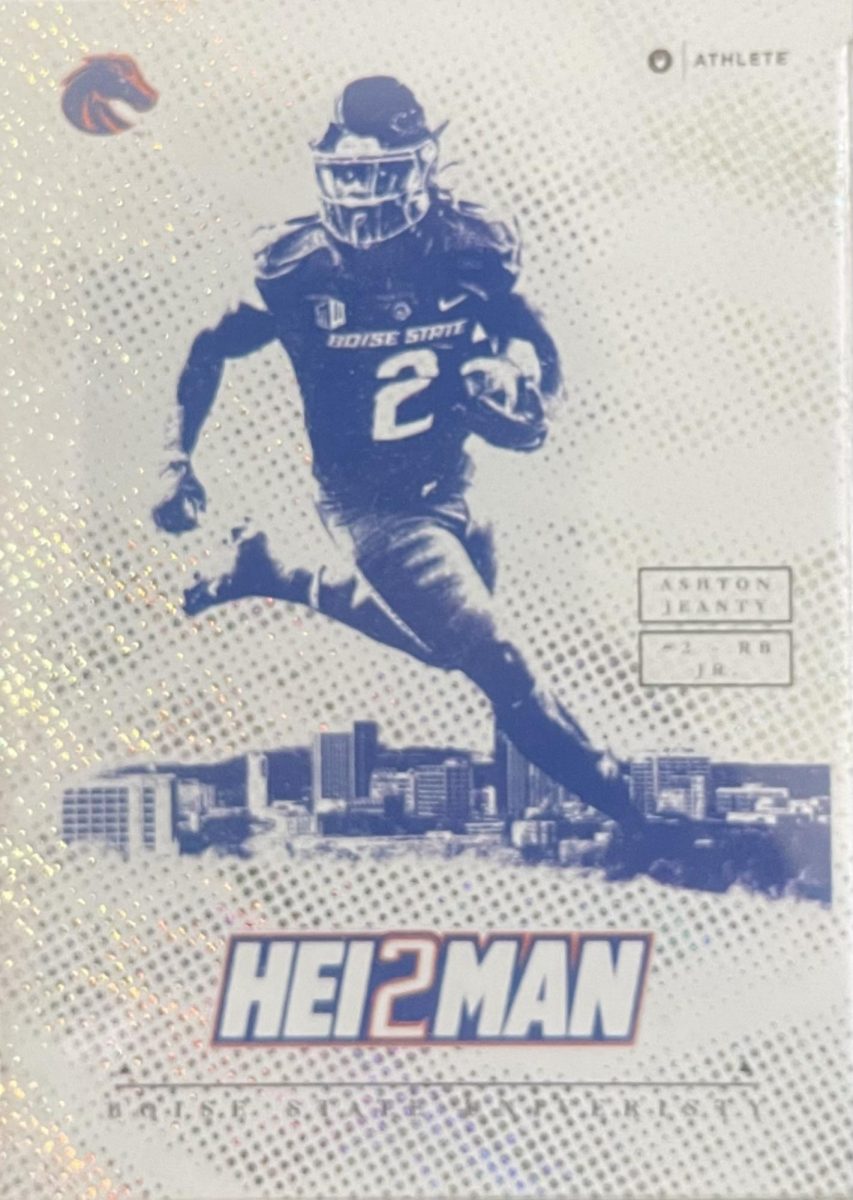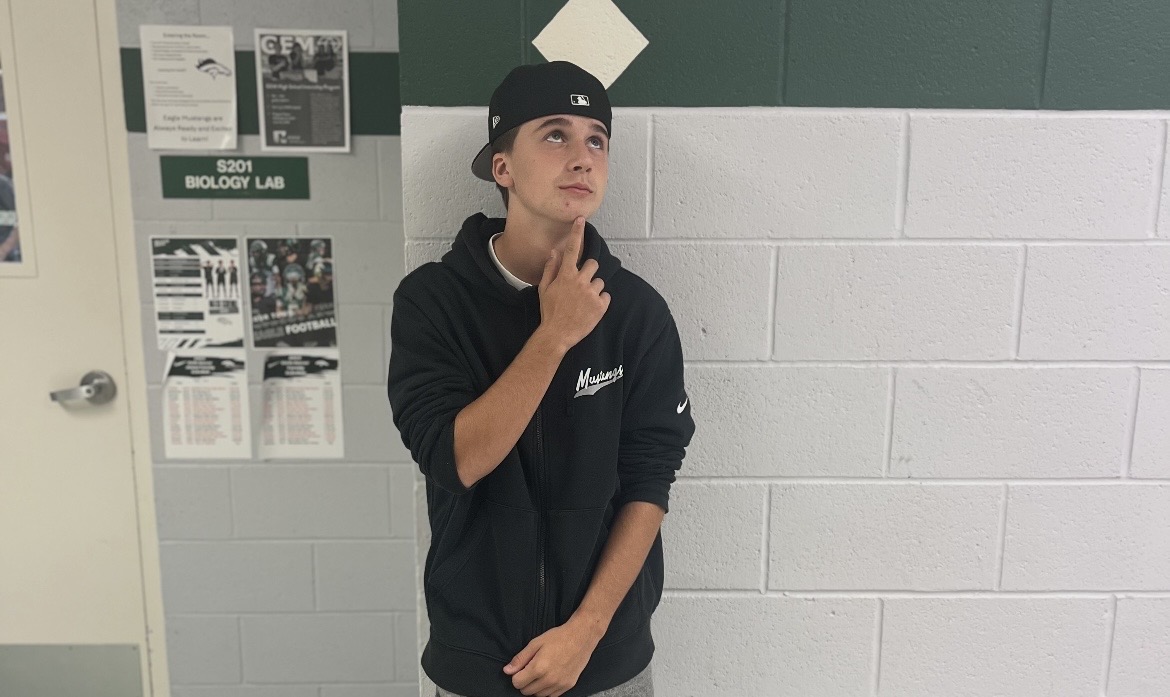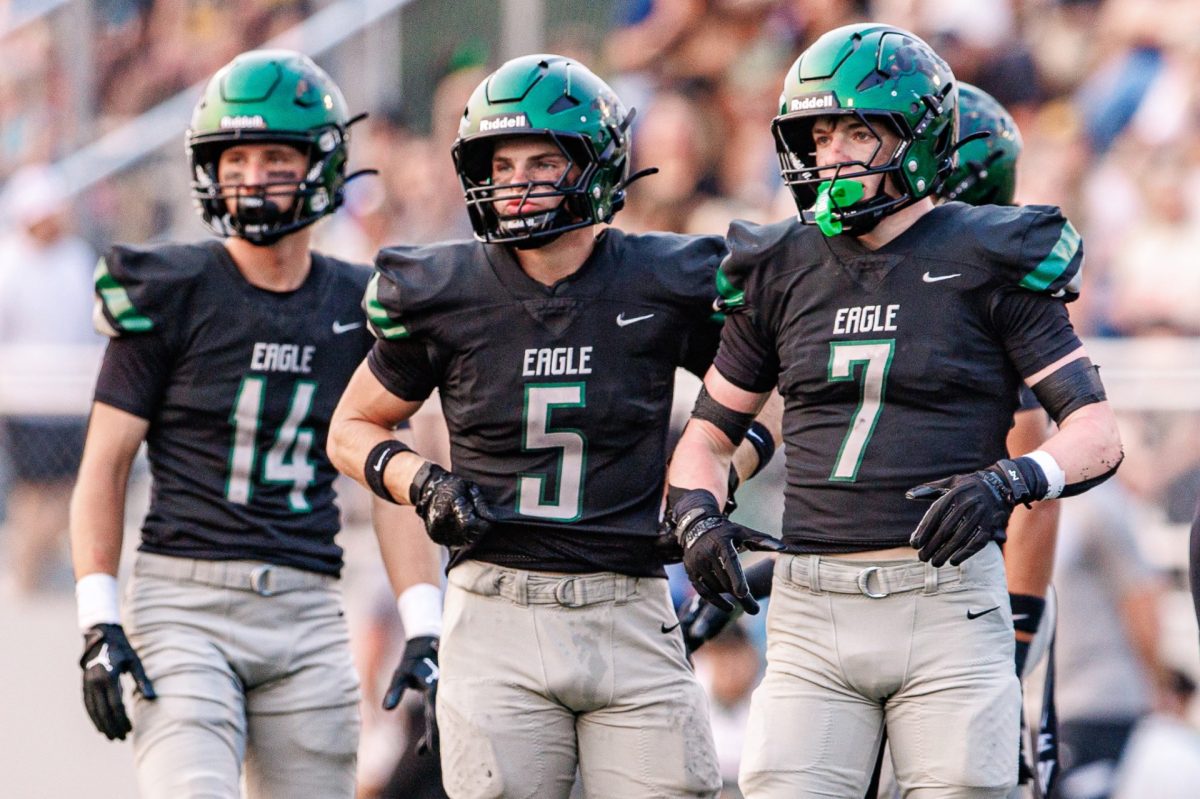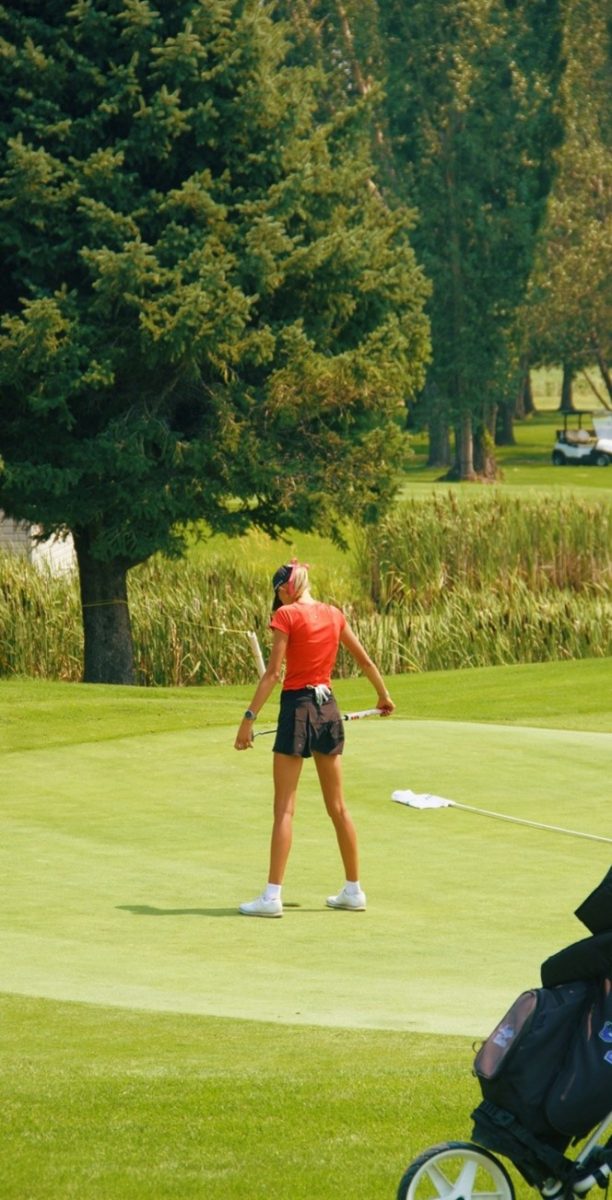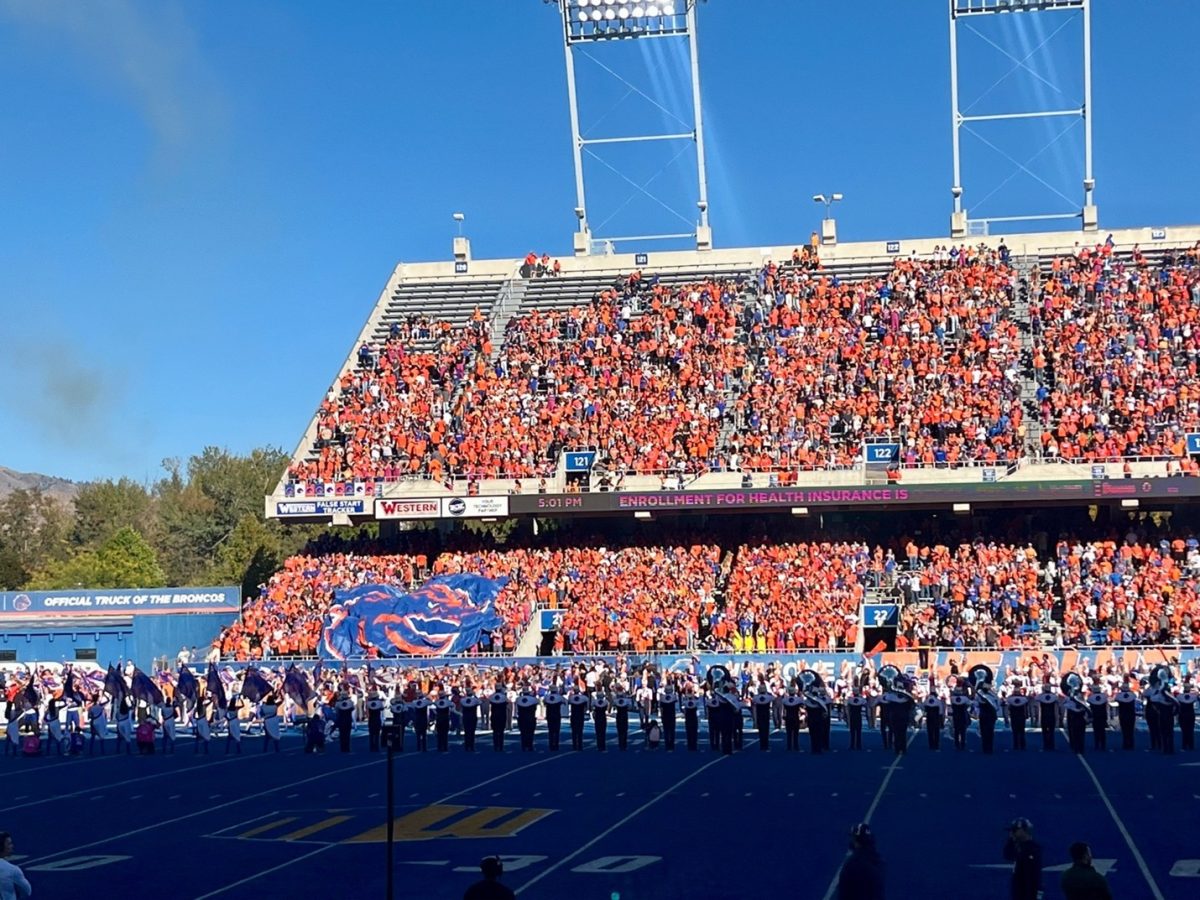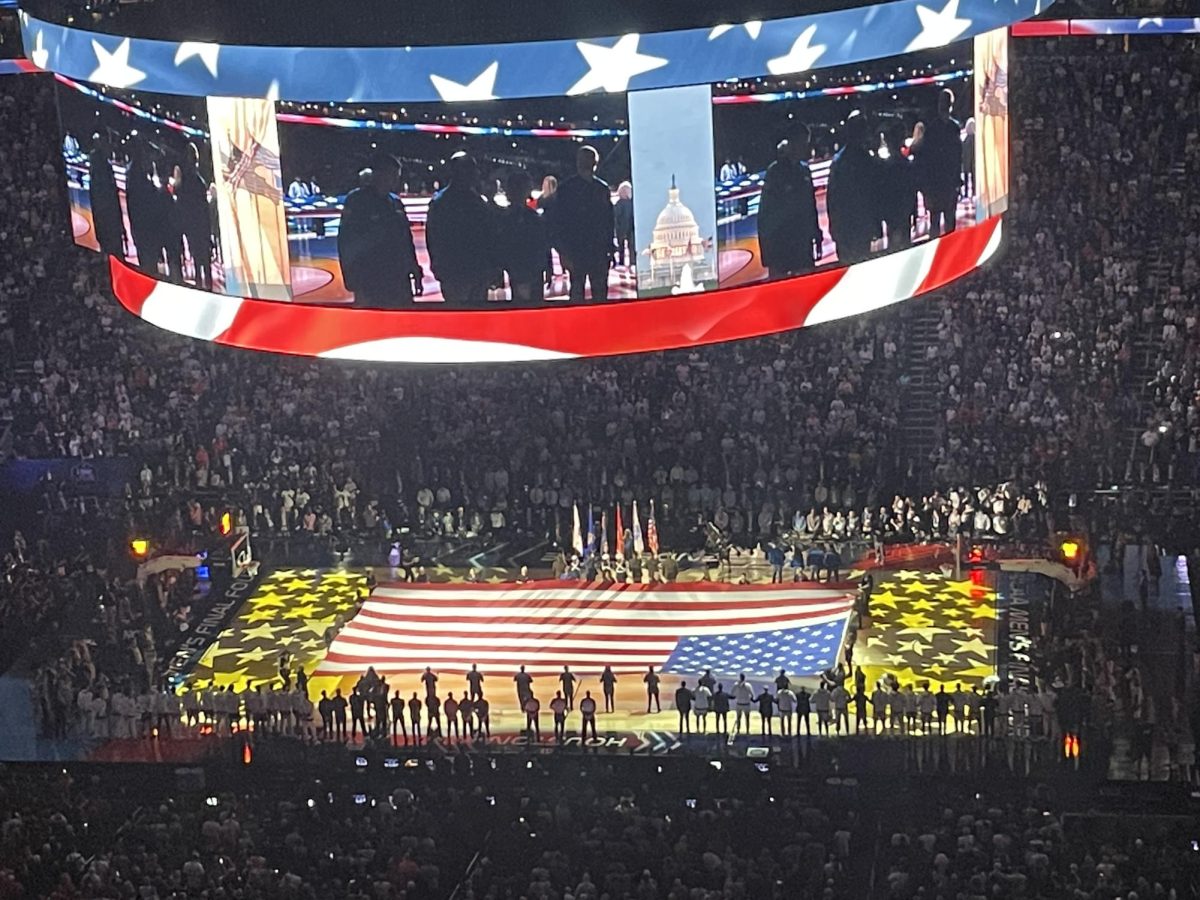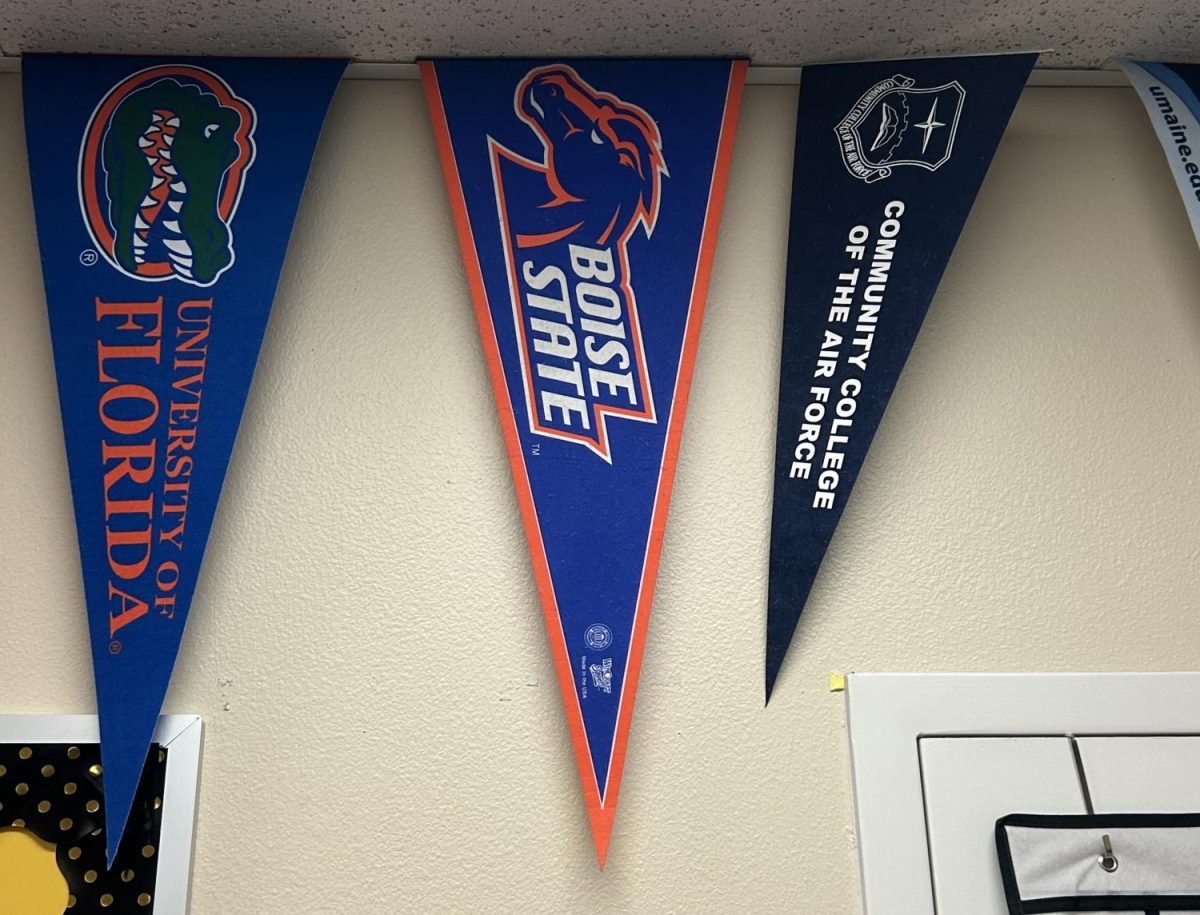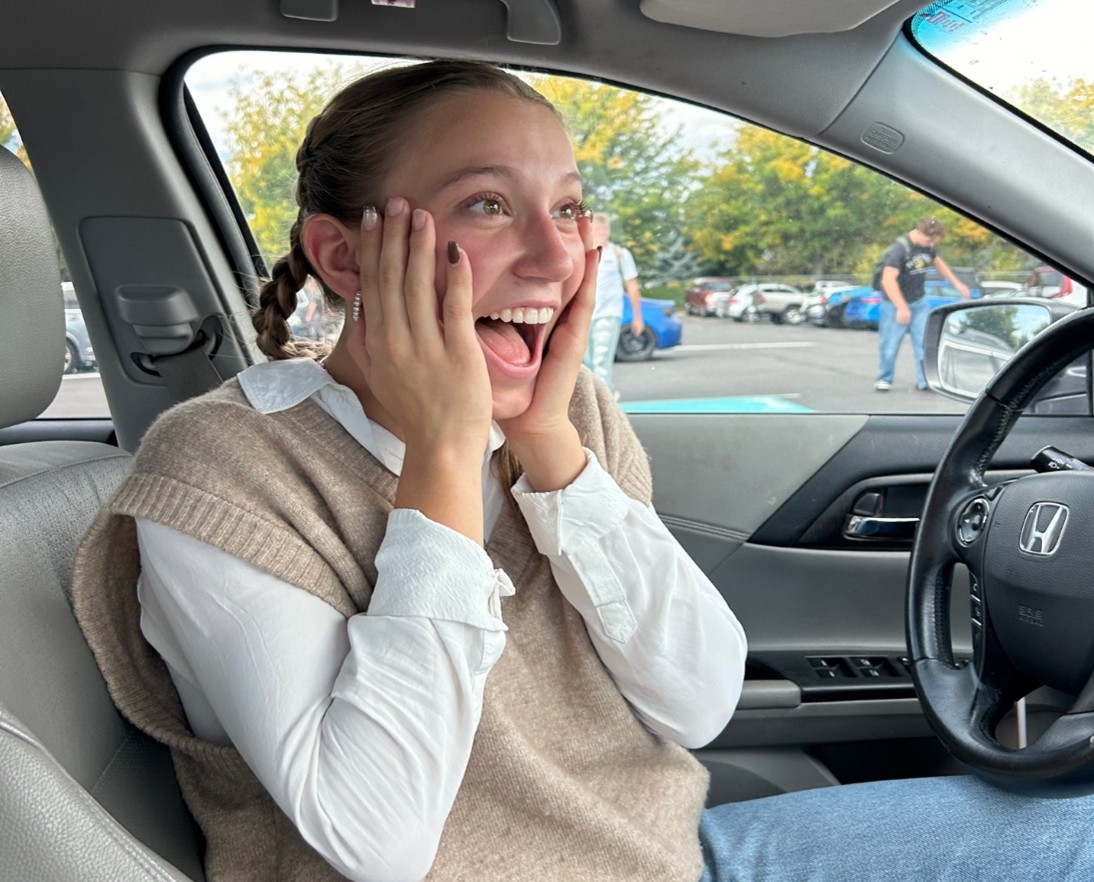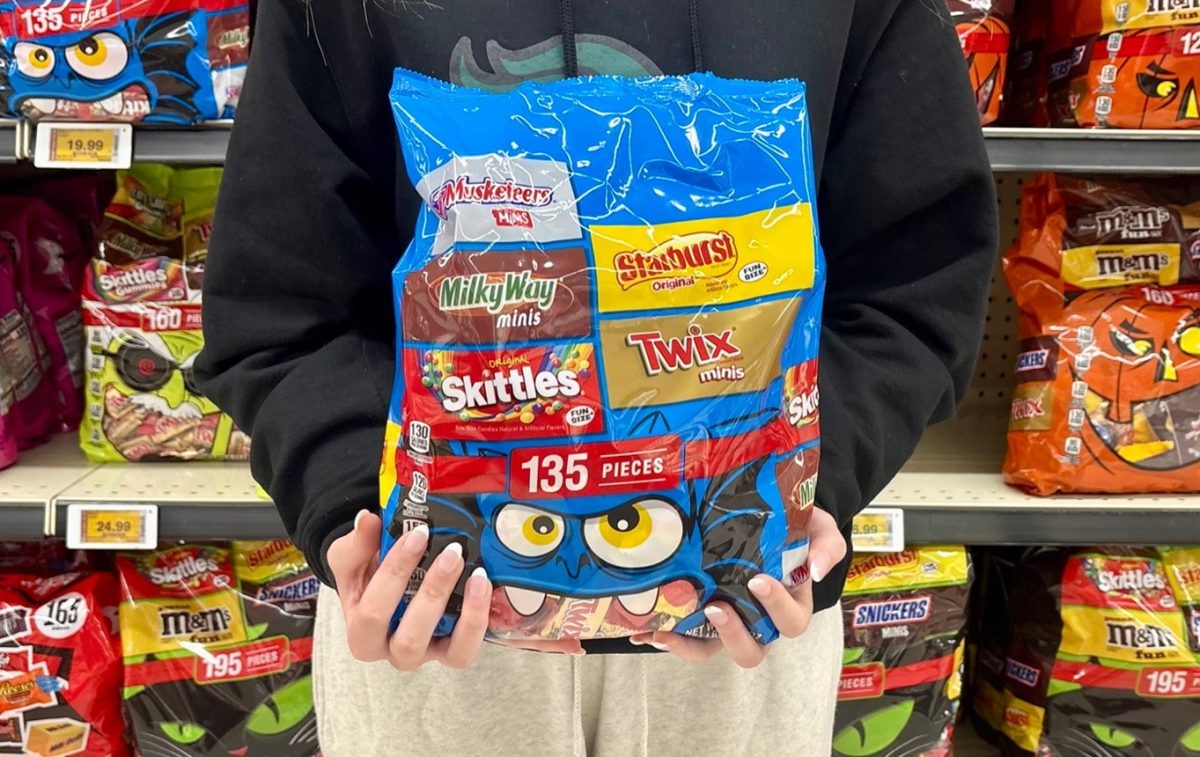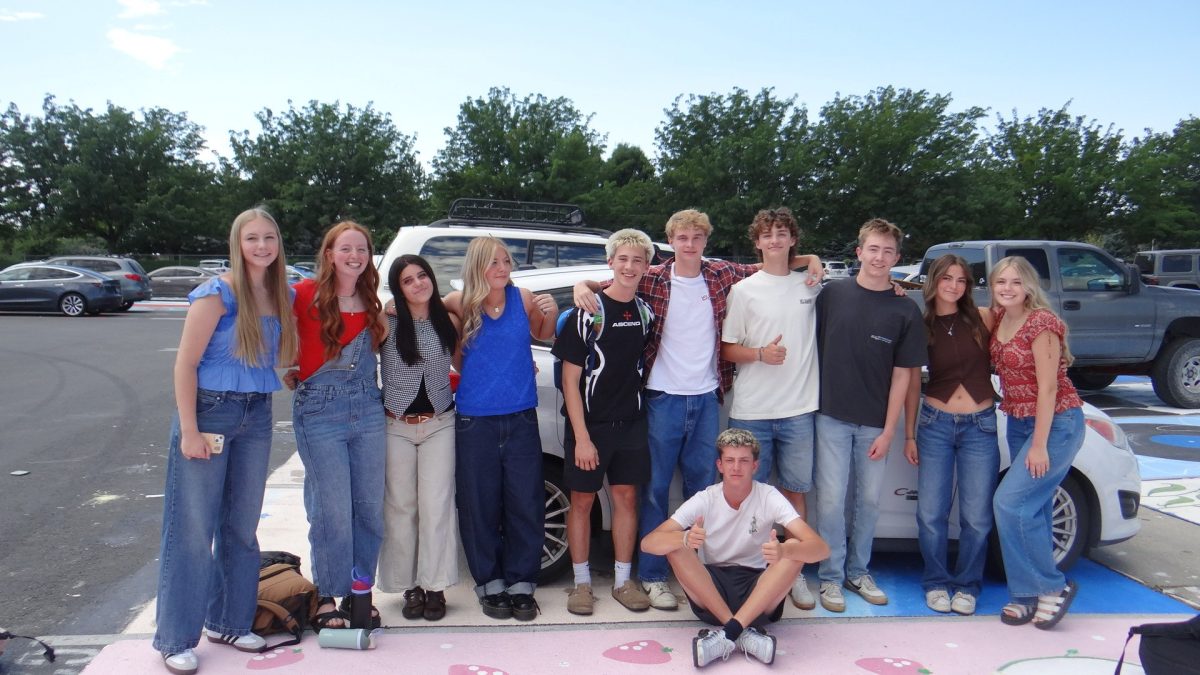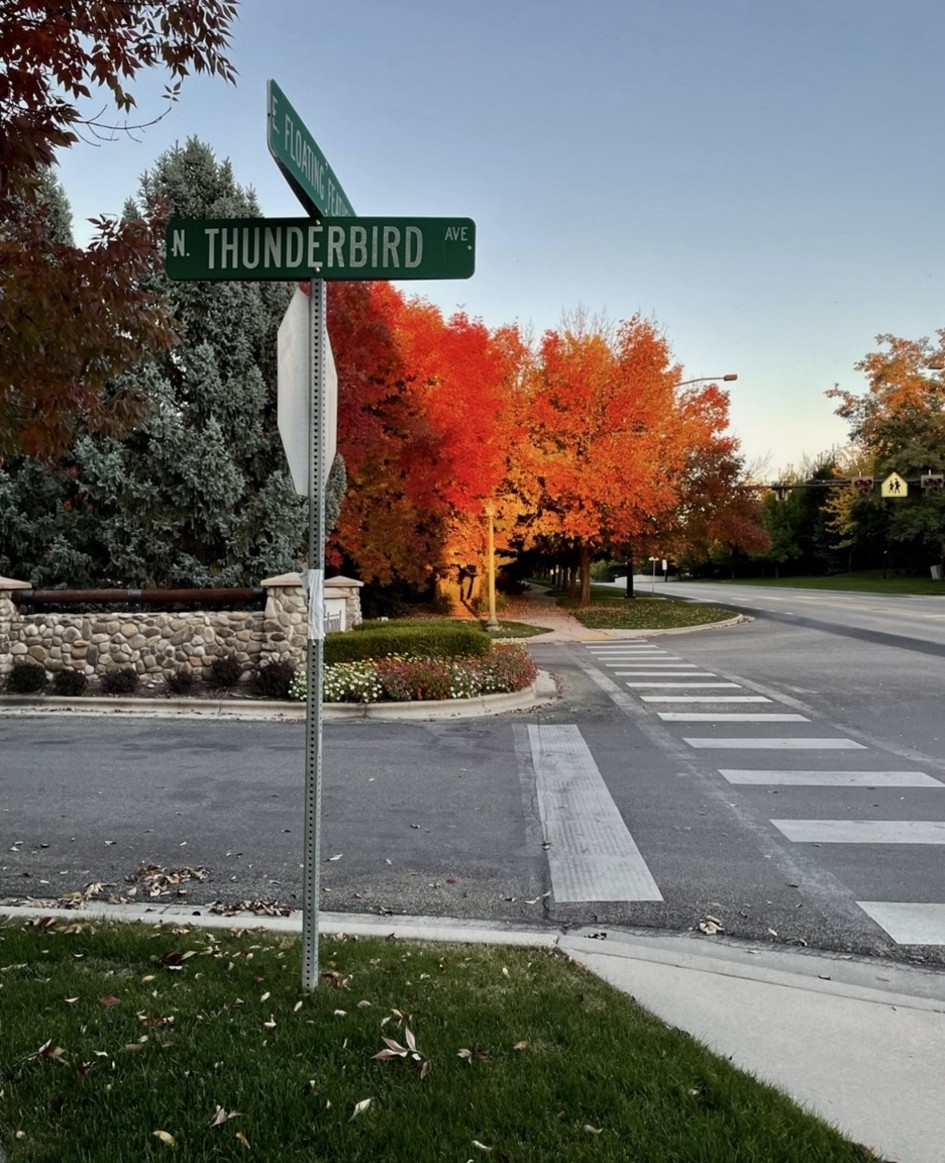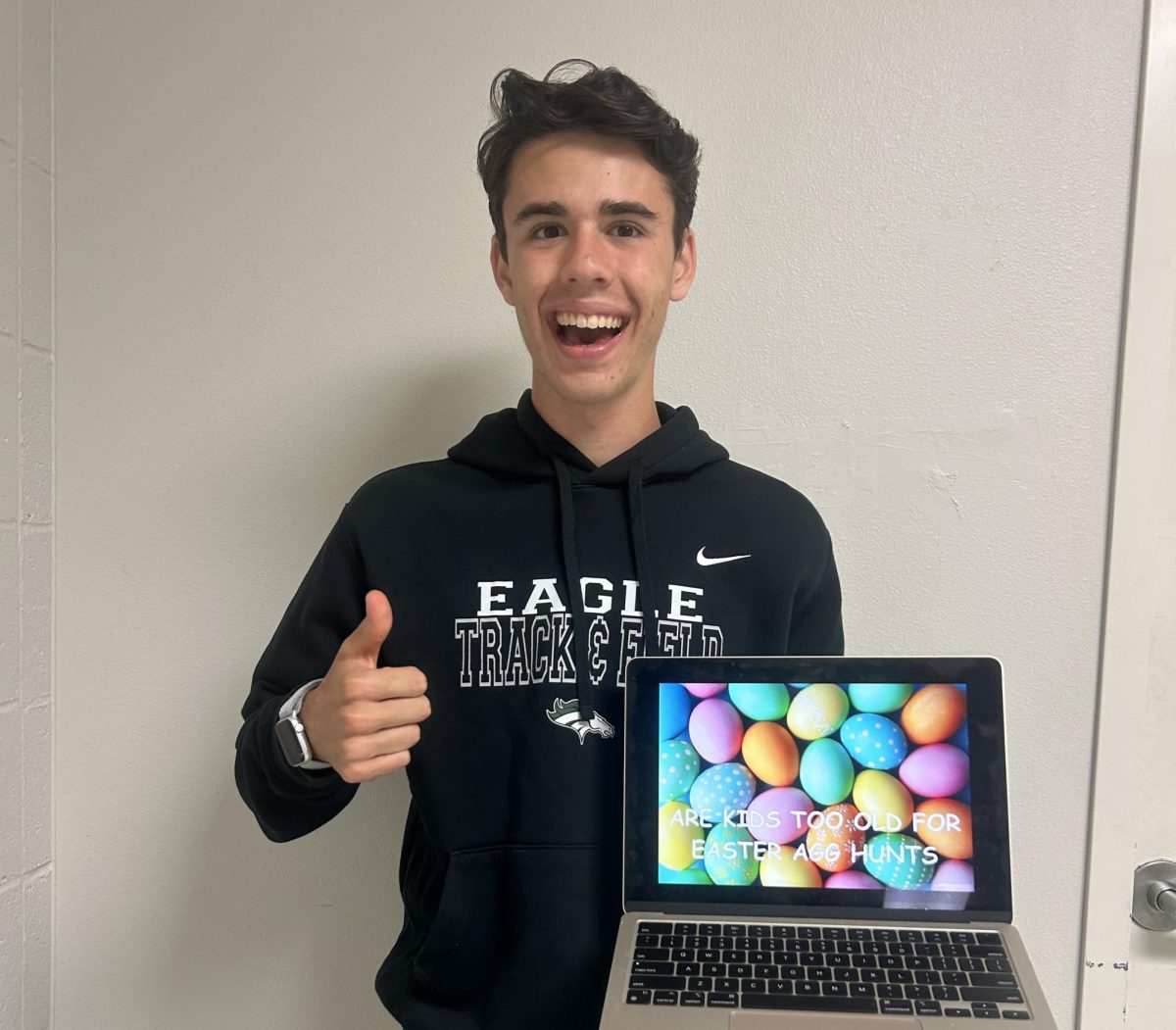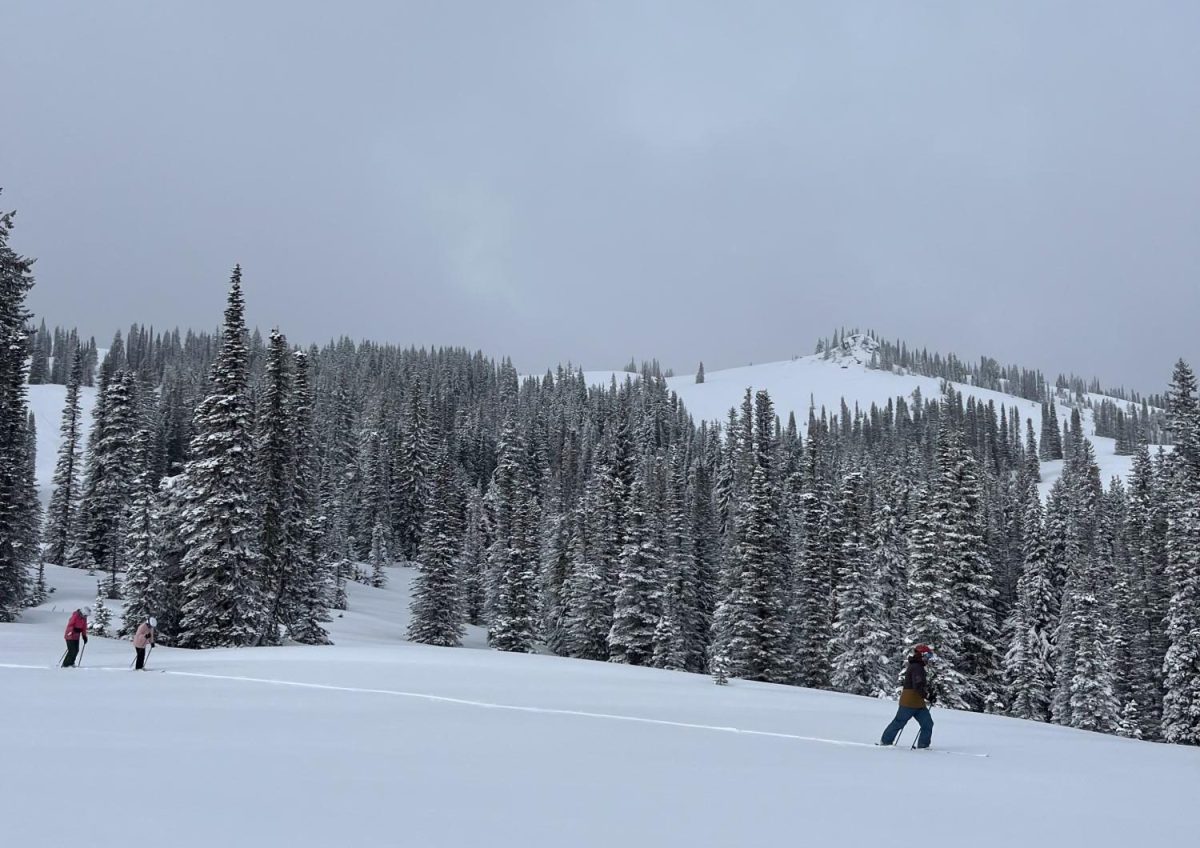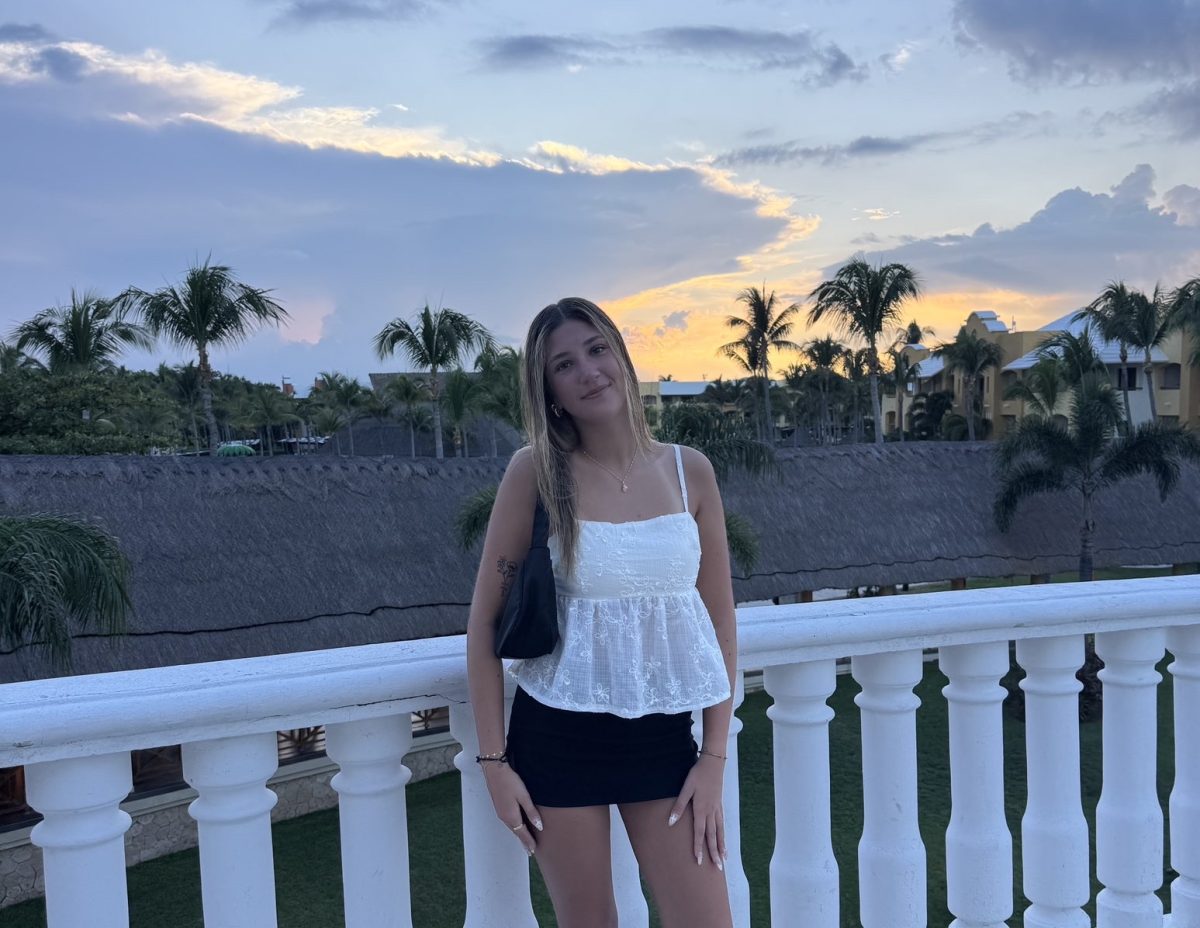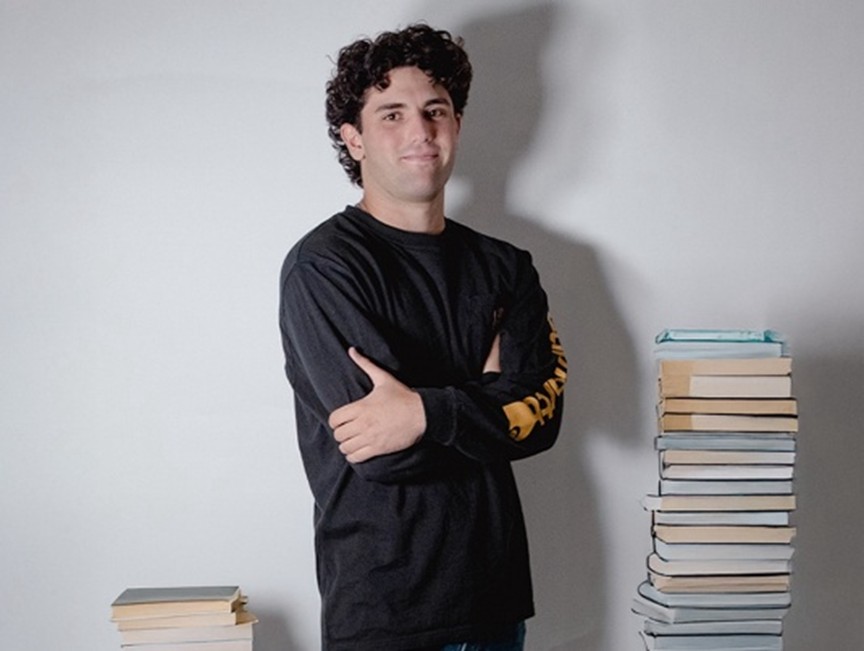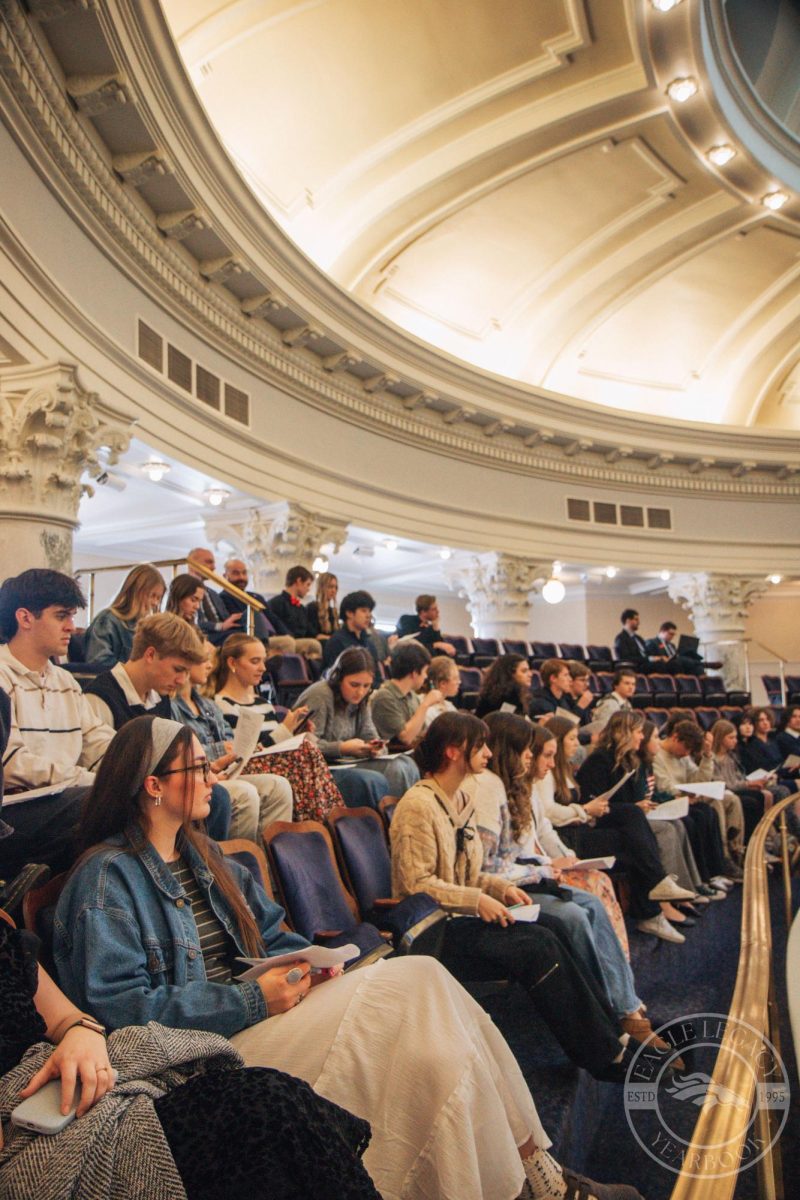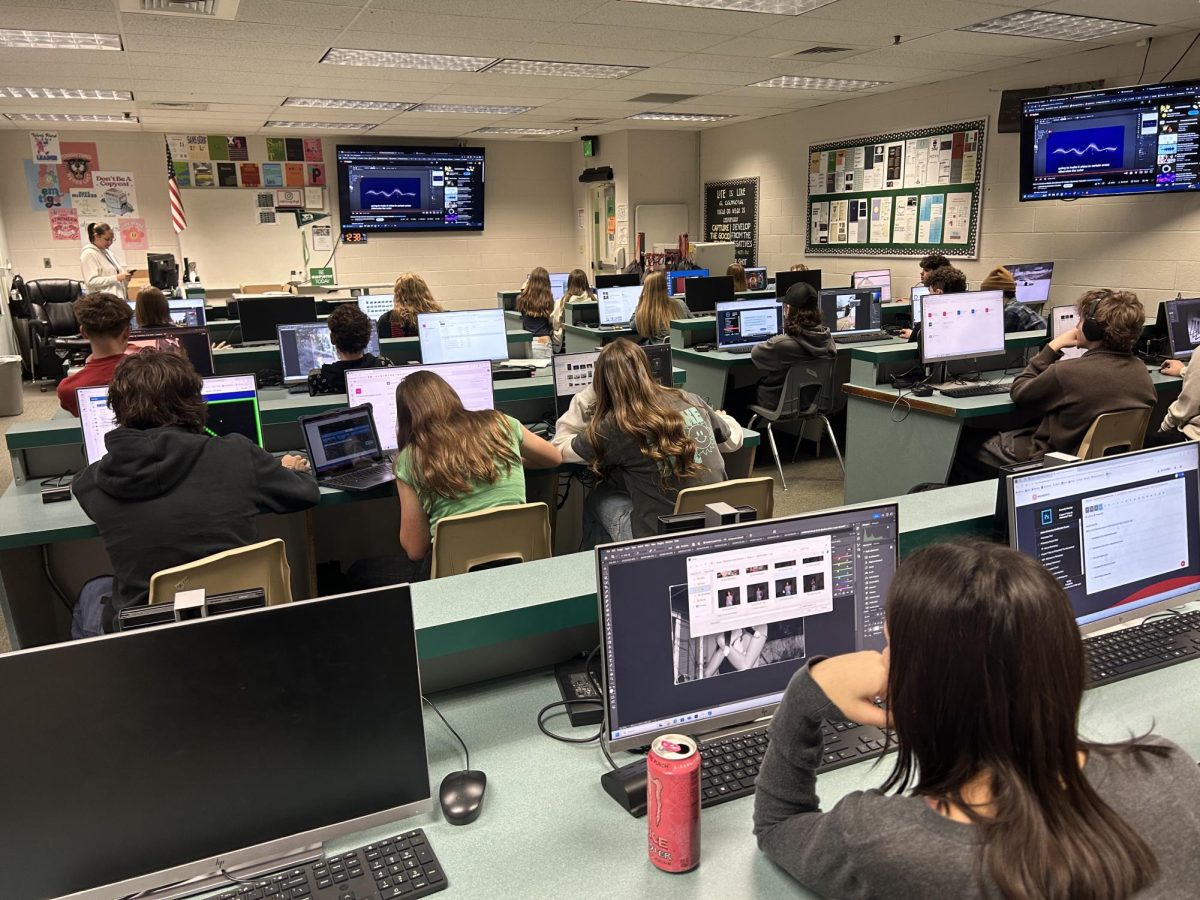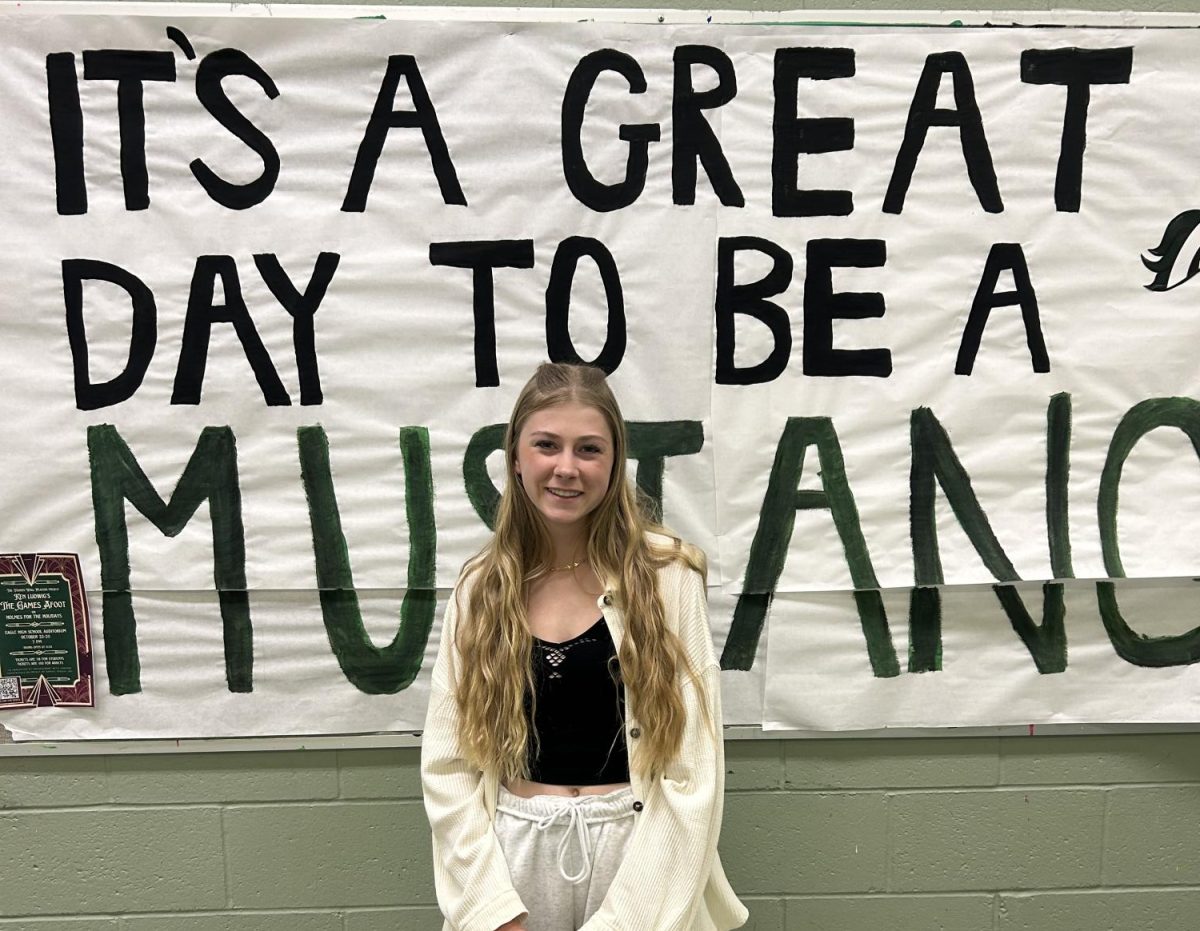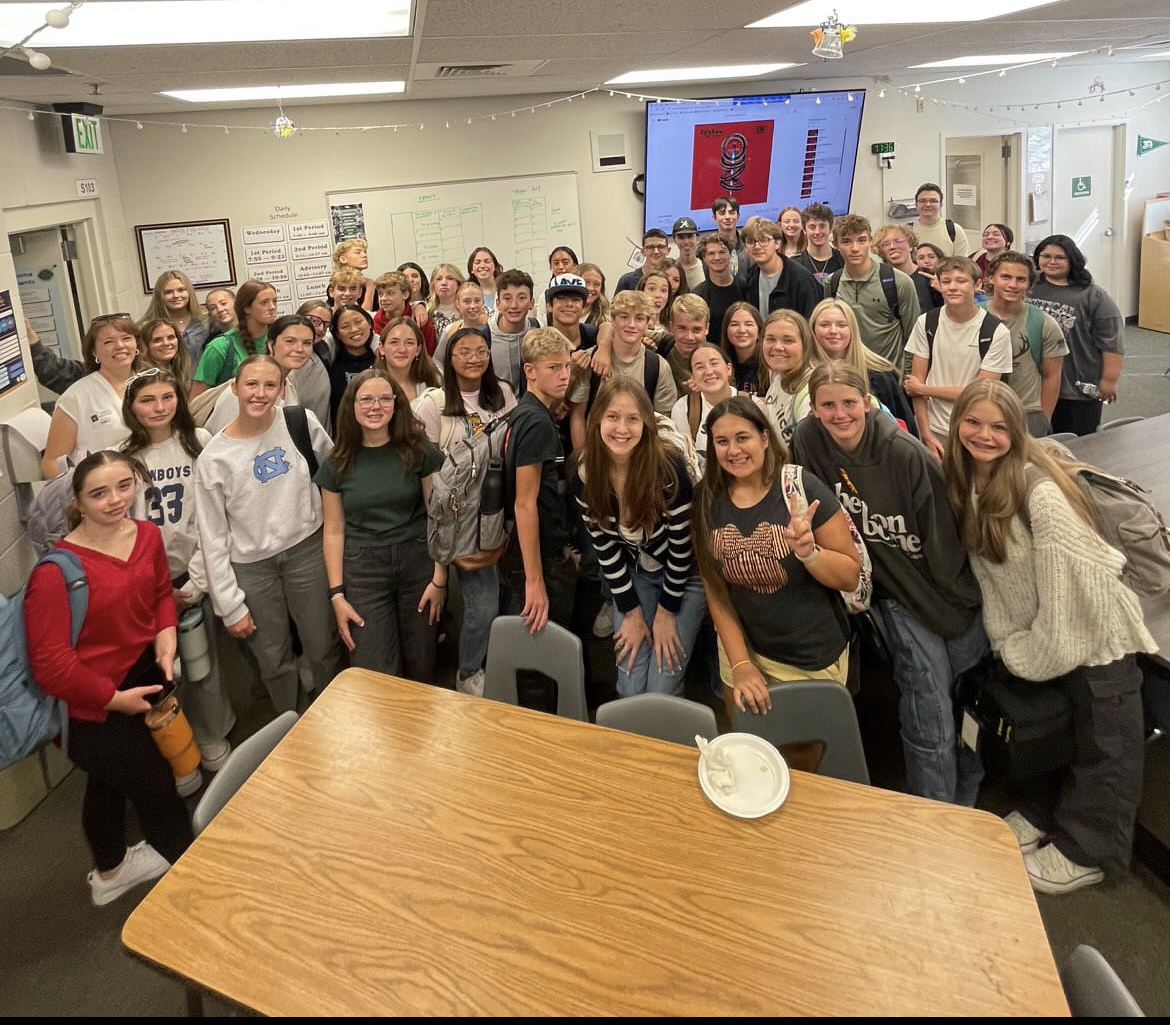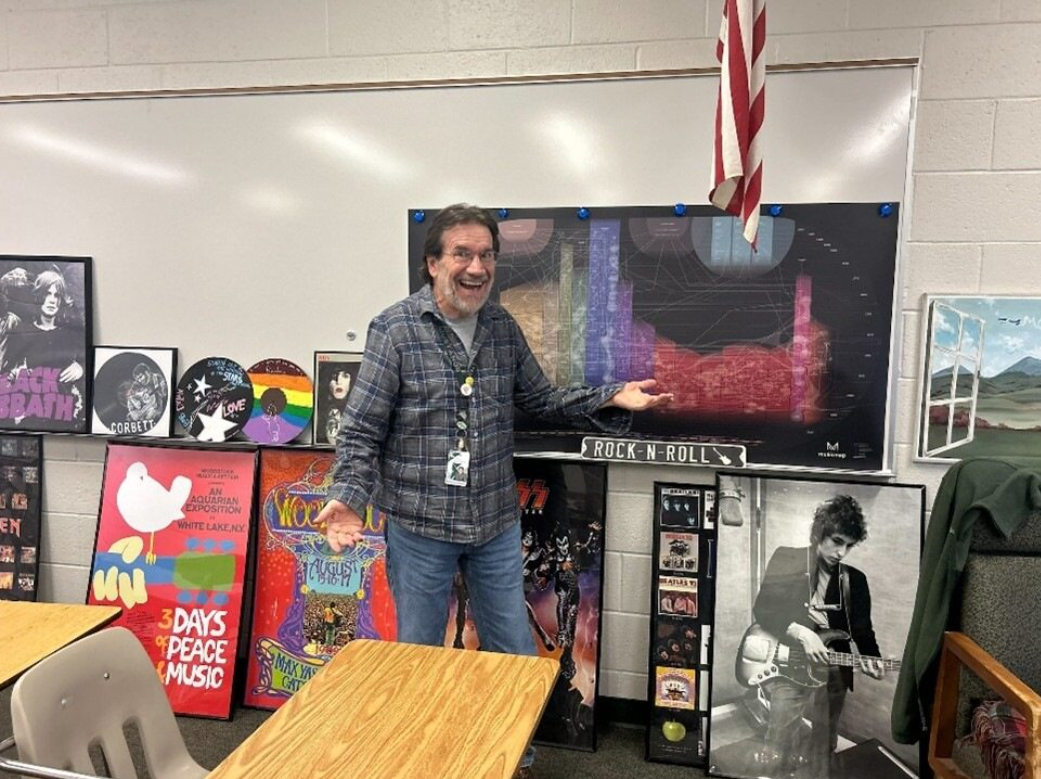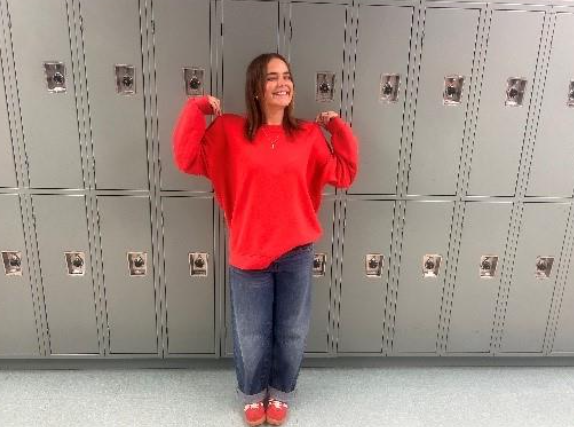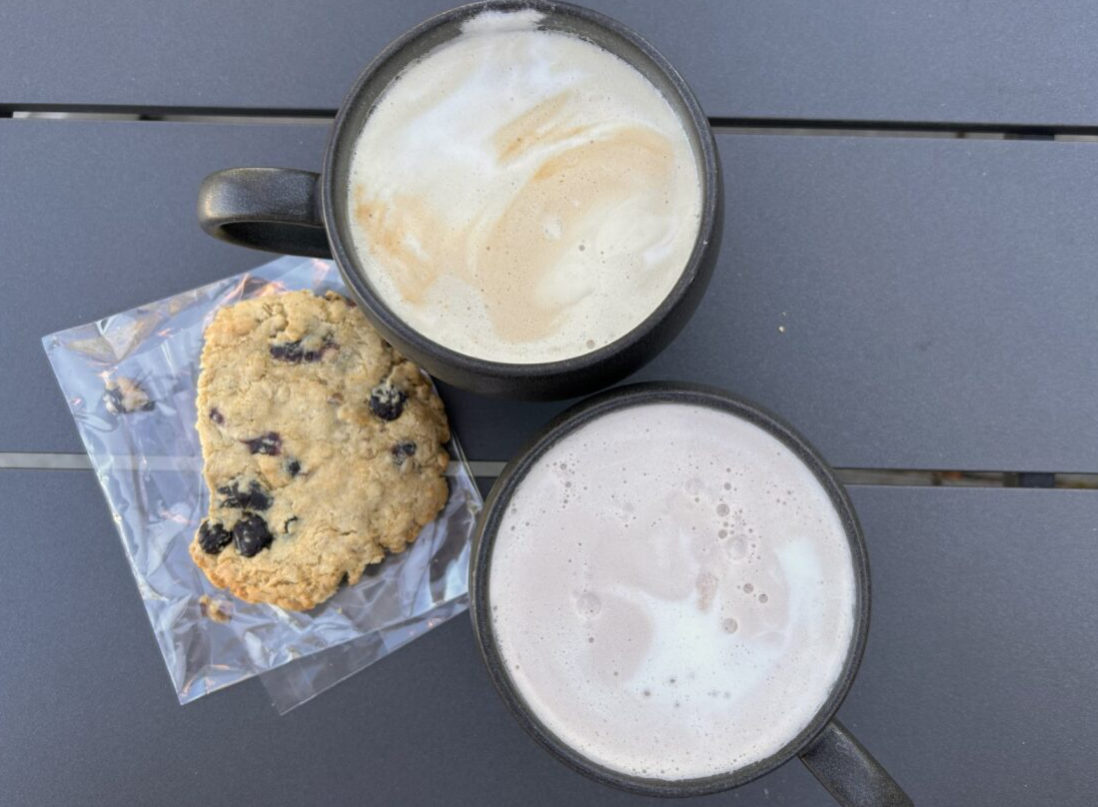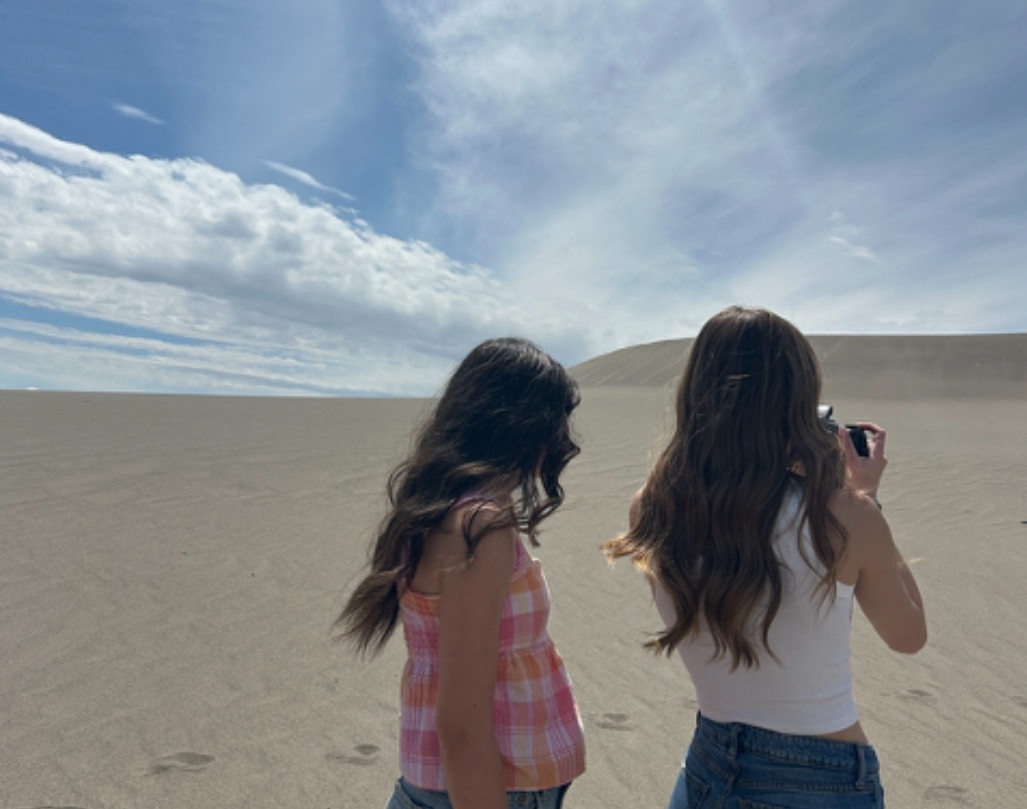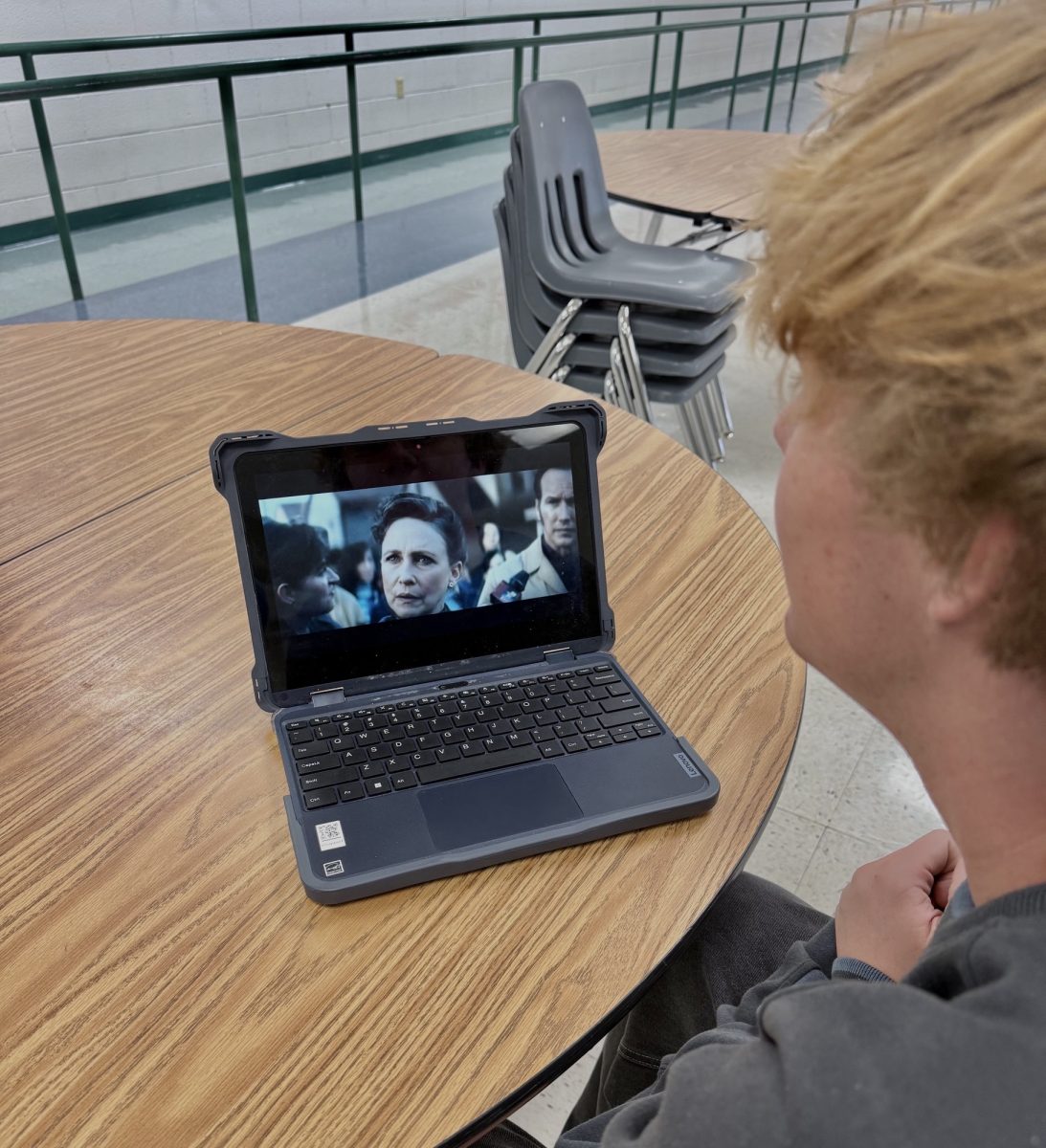As October begins and temperatures drop, the Halloween season takes center stage. This time of year, is often associated with vibrant fall colors, spooky decorations, candy, costumes and most of all, the thrill of being scared. Halloween is a perfect opportunity to embrace people’s love of fear, turning it into a fun and exciting experience.
For many, the best part of the Halloween season is the scare factor. Whether it comes from a spine-tingling horror movie, wandering through a haunted house filled with eerie sounds and unexpected frights or even starting a spine-chilling novel, the thrill of being scared is undeniable. That adrenaline rush, the mix of fear and excitement, is what draws countless people into the spirit of the season year after year.
“I like horror movies because they give me a feeling of safe danger,” said teacher Alex Wright.
For Wright, horror films provide a unique kind of excitement—a controlled environment where fear transforms into adrenaline-fueled energy. This blend of suspense and exhilaration is exactly why many people enjoy the sensation of being scared. However, this isn’t the case for everyone.
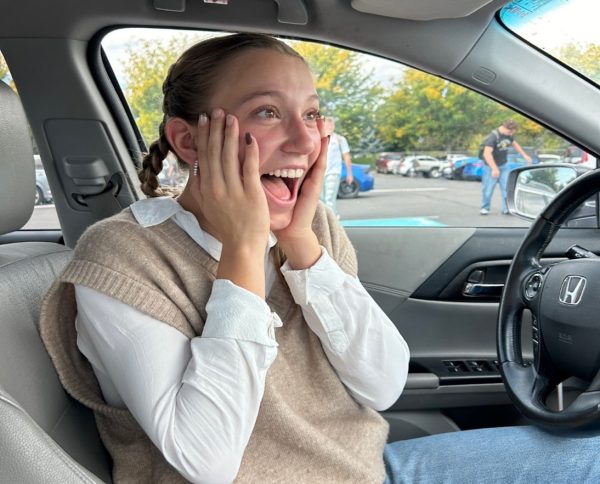
“I don’t like them. I hate the feeling of suspense they create before jump scares,” said sophomore Isaac Cox.
For people like Cox, horror movies don’t bring the thrill or excitement that many others seek; instead, they evoke a deep sense of dread and anxiety. The lingering tension that builds up just before a sudden scare can feel overwhelming and unpleasant, turning what might be an enjoyable experience for some into something stressful or even frightening in a negative way. This reaction highlights how fear is a highly personal and subjective emotion. Because fear is such an individual experience, it’s impossible to convince everyone to enjoy horror in the same way.
Overall, the thrill of being scared—whether through movies, activities or books—offers excitement unlike other forms of entertainment. This debate often intensifies during the Halloween season, with some people reveling in the fright while others avoid it altogether. In the end, it all comes down to personal preference, of whether fear is seen as a fun thrill or an unwelcome feeling.

